Sweet dreams are made of this
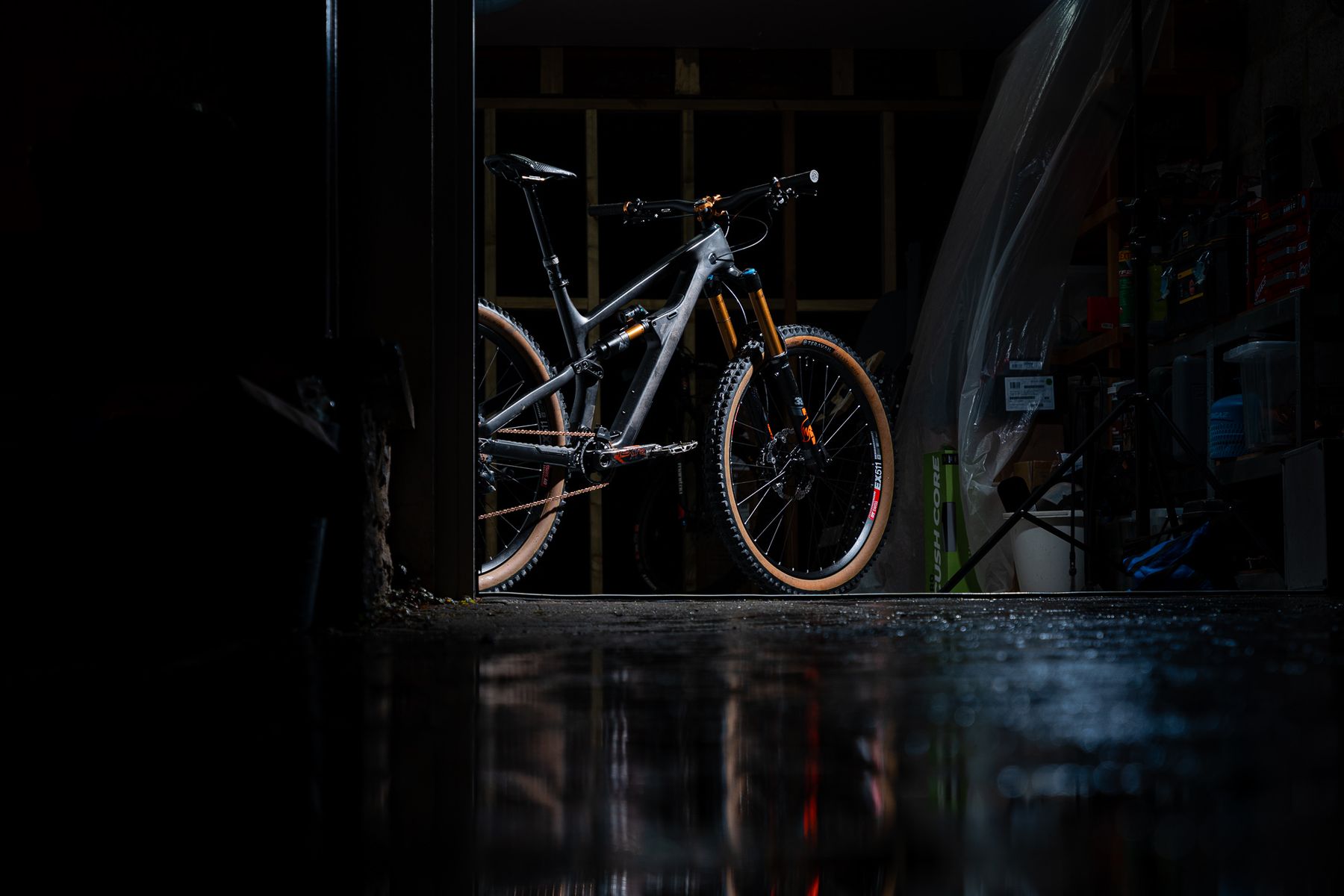
There are times when this whole bike testing thing can be such a drag, man. Being faced with the prospect of riding a less than ideal BSO* with poorly specced components can really suck the joy out of life, and excuses not to ride pour forth like a raging torrent from your mouth.
You are seeing this message because you are a trade member of our site. This review can only be accessed, ad free, by our full members. If you would like this review to be available to all our 1.6 million website monthly visitors then contact ross@singletrackworld.com. Removing the members paywall and all external advertising will mean this review can be shared on social media and accessed by a wider audience.
But with every yin there must come a yang. Those moments when the stars align, you wake up in the morning and pinch yourself. Wondering if it’s all just a dream, you realise you’re actually wide awake and you really have got the pimpest bike you’ve ever laid eyes on hanging up in your garage. It’s all you can do to resist forgetting all your other responsibilities to just ride and ride and ride. What’s that darling children, you need help with school work, lifts to ballet, and your leg has fallen off? Sorry kids, I’m busy. Gotta go to work.
What are you on about?
Oh yes, where was I? A bike review. I’ve been testing a bike, and if you hadn’t already guessed, it’s rather nice. Full carbon frame, Fox Factory suspension front and rear, DT Swiss wheels, Hope brakes, SRAM XX1 groupset and a finishing kit to die for. Even the most diehard, jaded cynic of a bike journo has to admit that this is pretty fly.
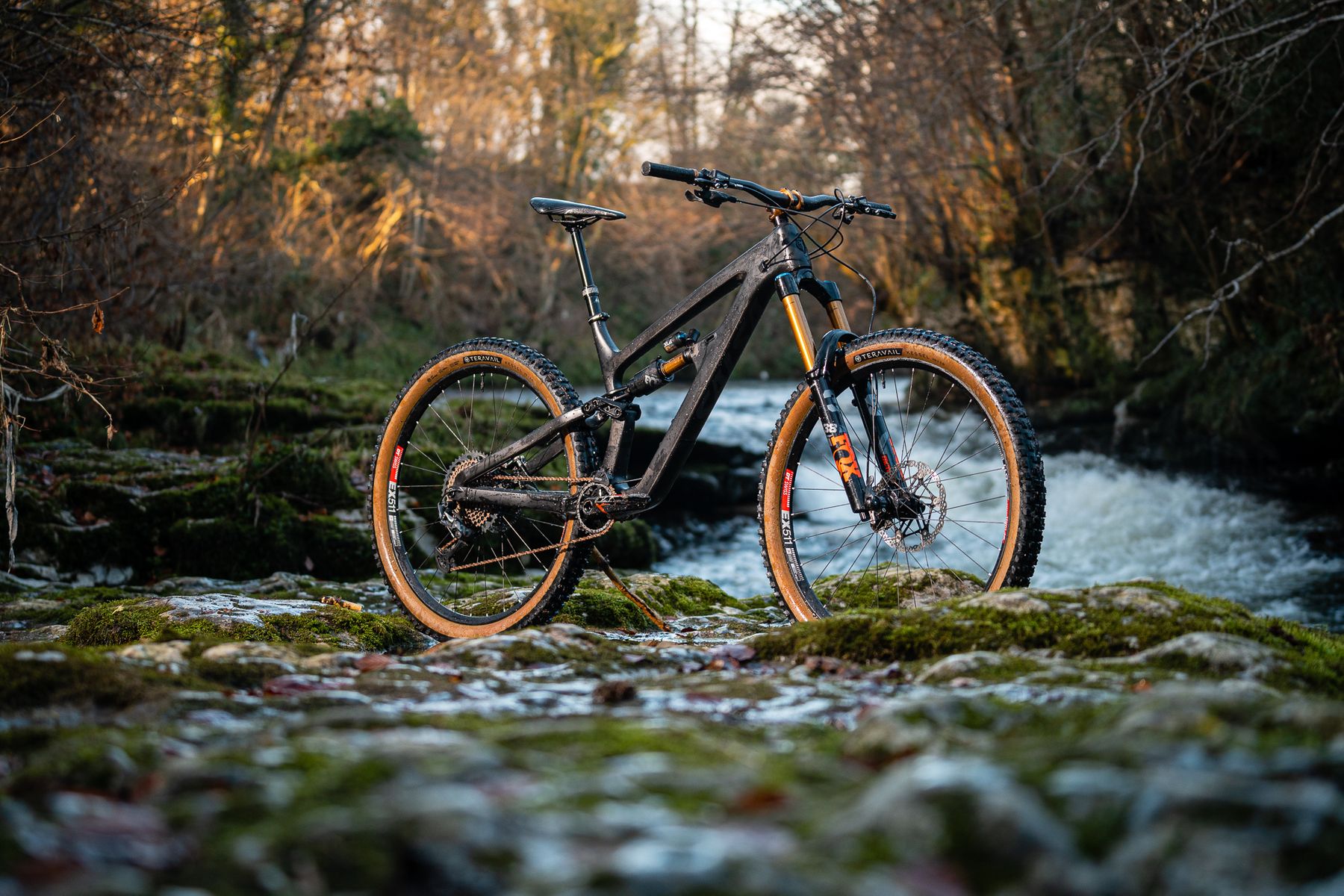
But wait! It gets better! It’s not just one bike – it’s two. Sort of. Two-in-one. What I have here is both a Salsa Cassidy and a Salsa Blackthorn – a single main frame sits at the heart of both of these 29ers, and which model you have depends on your choice of build kit, specifically fork, rear shock and linkage. I have been lucky enough to have all the bits needed to build this single frame up into both the Blackthorn and Cassidy guises, both of which are a bit of a change from the usual Salsa offerings.
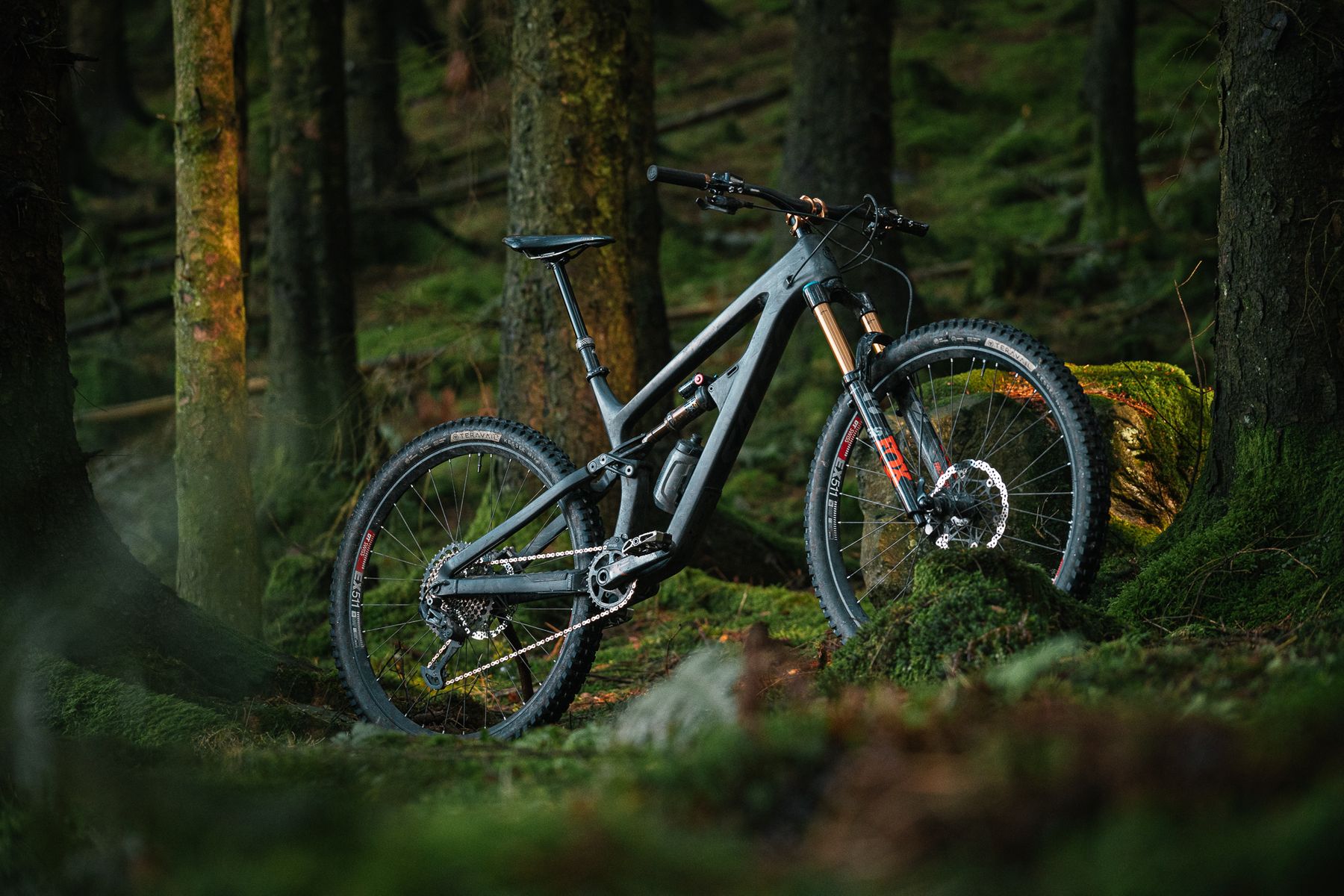
Salsa has been around forever (1980), and in recent years have garnered themselves a solid reputation for adventure, gravel and touring bikes. The Cassidy (and to a lesser extent the Blackthorn), is uncharted territory. Other than the frankly ridiculous Backbarrow, it’s considerably longer, lower and slacker than anything else in the Salsa stable. So when it arrived, I was genuinely intrigued to see whether it would live up to the hype or if it would fall disappointingly short.
Take your pick
The same carbon mainframe, (aluminium) chain stays and (carbon) seat stays are used at the heart of two bikes. In the blue corner, you have the Cassidy. A 180mm fork and 165mm rear end make for a monster truck of a bike ready for anything. Over in the red corner is the (relatively) more spritely Blackthorn, that sees a 160mm fork paired with 140mm travel at the back.
In Cassidy guise, the size large I’ve got here has a head tube angle of 63.8°, paired with a seat tube angle of 75.7° and a reach of 481mm. In Blackthorn mode, the head and seat tube angles steepen to 64.6° and 76.5°. Meanwhile, the reach increases to 490mm and the stack lowers by 3mm. Essentially, the Cassidy has more travel, is slacker, and has a higher front end, while the Blackthorn is shorter travel, and has a longer and lower front end. Completely separate to all this, a flip chip raises the bottom bracket and steepens the angles by 0.3° for both the Cassidy and Blackthorn.
Weagley Good Suspension
Regardless of travel, both bikes utilise the venerable Split Pivot system, designed and patented by Dave Weagle, and something that all Salsa full suspension bikes have used since 2013. While at a first glance it might look like a regular 4 bar or Horst link design, rather than having a pivot on the chain or seatstays, it actually has a concentric pivot around the rear axle similar to Trek’s Active Braking Pivot design. The system isolates braking forces from the suspension action, and enables the designers to fine tune the pedalling characteristics of the platform.
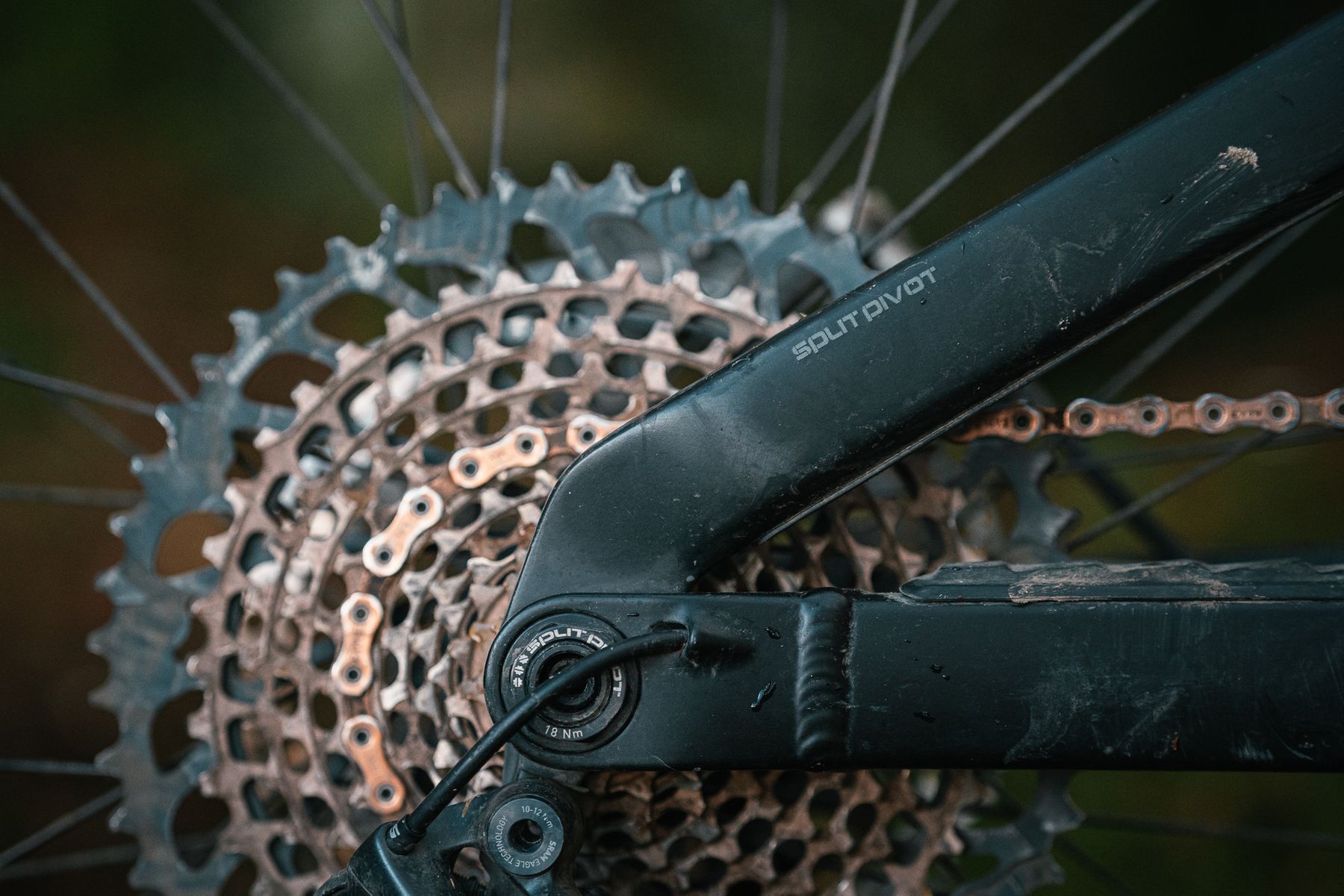
The mainframe is adorned with all the usual features one might expect to find on a modern enduro/all mountain bike – ISCG 05 tabs, internal cable routing and tough rubber protection on the downtube and chainstay. The bottom bracket is threaded (praise be) and there’s routing for a remote lockout for rear shocks.
True to Salsa’s adventurous roots, the designers have found room for a full sized water bottle and integrated strap slots within the main frame, along with extra accessory points on the top tube. If executed badly, this could look terrible and awkward, but Salsa has done an incredible job and the frame looks really, really good. Moving to the back of the bike, Superboost Plus axle spacing (157mm) allows for short chainstays at 432mm, and the wider flange spacing should make for a stronger wheel build. Now I can’t fault Salsa for using it as the ‘standard’ has been around on downhill bikes for a while, but I wish the bike industry could have skipped Boost 148 and jumped in with full commitment to Superboost Plus – adding yet another ‘standard’ to an industry already rife with ‘standards’ is a bit frustrating. Superboost Plus does make for loads of mud clearance around the stays, as well as the option of running 2.6” tyres. Others may like them, but personally I’ve never rated 2.6” tyres. For all the supposed benefits (comfort and increased grip), in order to get something tough enough for the Lake District means you’re looking at a tyre weight of 1200g minimum, which is bordering on excessive.
A quick note before I get too stuck in…
Other than the fork, shock and tyres, the build remained the same for the duration of this test. To save me referring to both the Cassidy and Blackthorn all the time, I’ll run through the components as a whole, then deal with the ride characteristics of each bike separately.
Dripping in gold (bronze)
Elsewhere in the world, the Cassidy and Blackthorn are available as complete bikes, while here in the UK they’re only available as framesets, leaving you free to spec them how your heart, or more realistically, budget dictates. As something of a statement of intent for how important this bike is to both them and Salsa, distributor Lyon Equipment has spared no expense on any part of this bike. It really is the nicest build kit I’ve ever seen, let alone had the pleasure to thrash around the Lake District for a couple of months. Which raises its own dilemma – can a bike be too nice for you to enjoy, but more on that later…
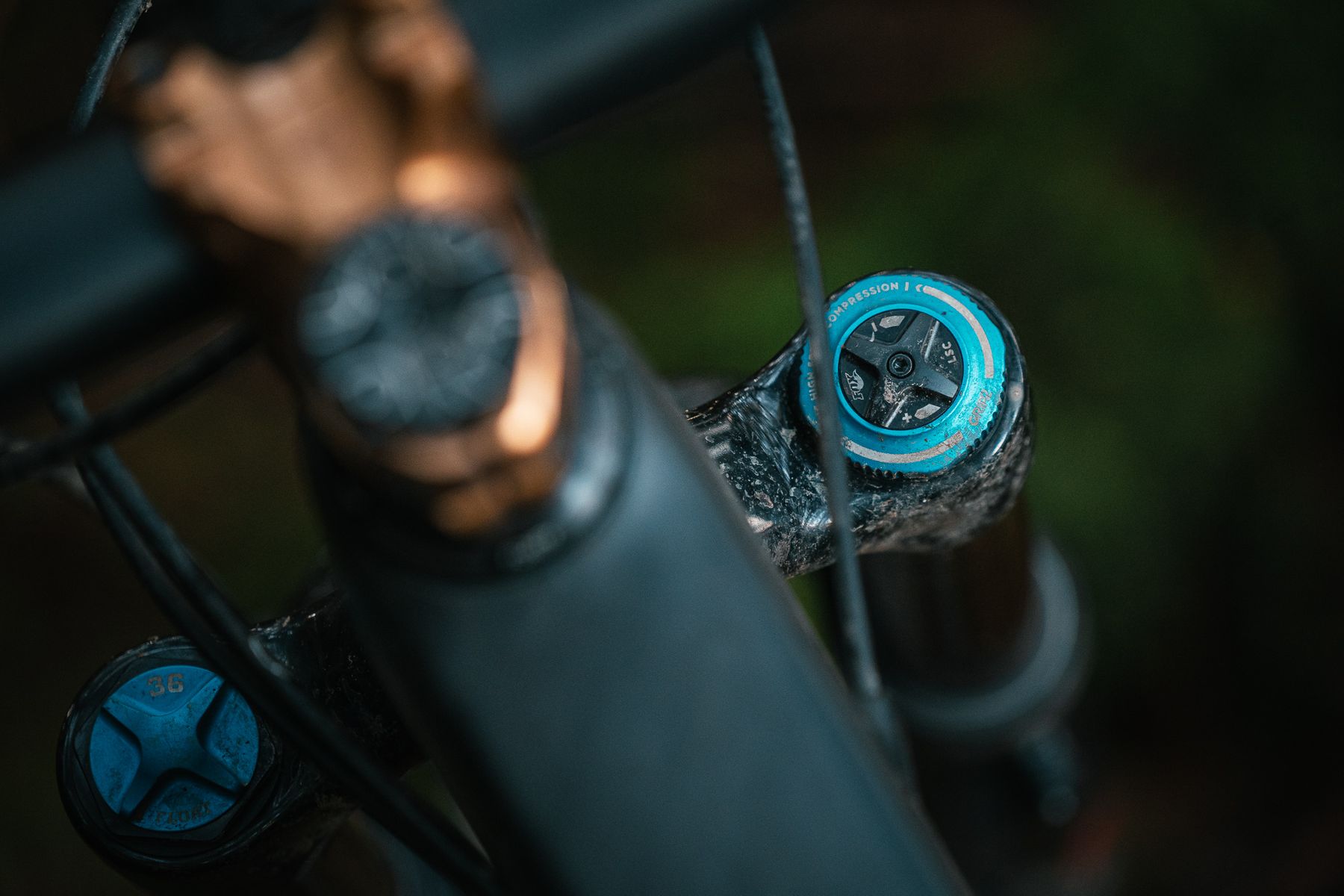
The Cassidy was delivered with a Fox 38 Factory fork, with GRIP 2 damper, giving instant access to high and low speed compression and rebound. This is without a doubt, the most capable single crown fork I’ve ever had the pleasure of riding. Immensely stiff, with unparalleled tuning, if you’re hitting rough terrain at speed and don’t want to run a dual crown fork, this needs to be at the very top of your shopping list. The rear shock is a Fox X2, again with high and low speed compression and rebound adjustability, and easily keeps up with the 38.
DT Swiss EX511 rims are paired with Hope Pro Evo 4 hubs for the wheels, and were flawless once I’d got them taped properly. Over the course of the test I have had numerous punctures on both the front and rear tyres, yet the rims are still looking pretty good.
Tyres are new to me Teravail Kessels in variety of flavours. Teravail are big on the gravel scene, but they’re relatively unknown for their mountain bike offerings. Over the course of the test I’ve had the 2.6 and the 2.4, in both Durable and Ultra Durable casings. While the grip from the tyres has been great (and the tan walls look great paired with the bronze finishing kit), I managed to slice a 2.6 irreparably on the sidewall, then get a double snakebite on a 2.4 Ultra Durable at the back, and I managed to put a hole in the 2.4 durable casing up front.
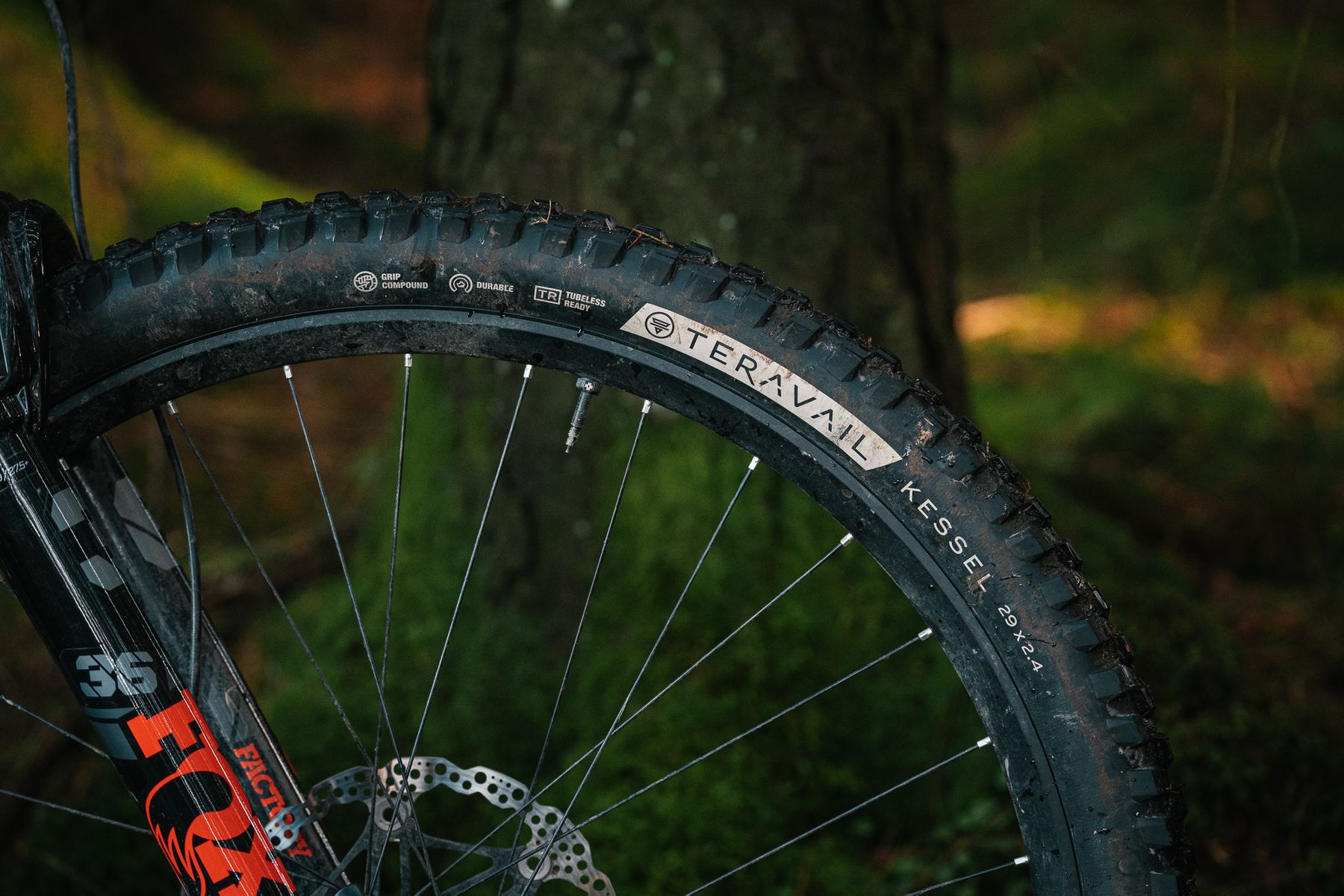
Shifting is taken care of by SRAMs top of the line mechanical groupset, XX1, and it makes you realise how good SRAM can be. I’ve ridden their lower tier groupsets before and they all seem to give up much sooner than their Shimano counterparts. Whether that’s loose pins in the rear mech, or other gremlins in the system, the shifting has soon drifted out of whack. On this XX1 groupset however, things are still trucking along as good as the day it arrived, which, considering the abuse I’ve given it and scratches the rear mech has picked up, is impressive.
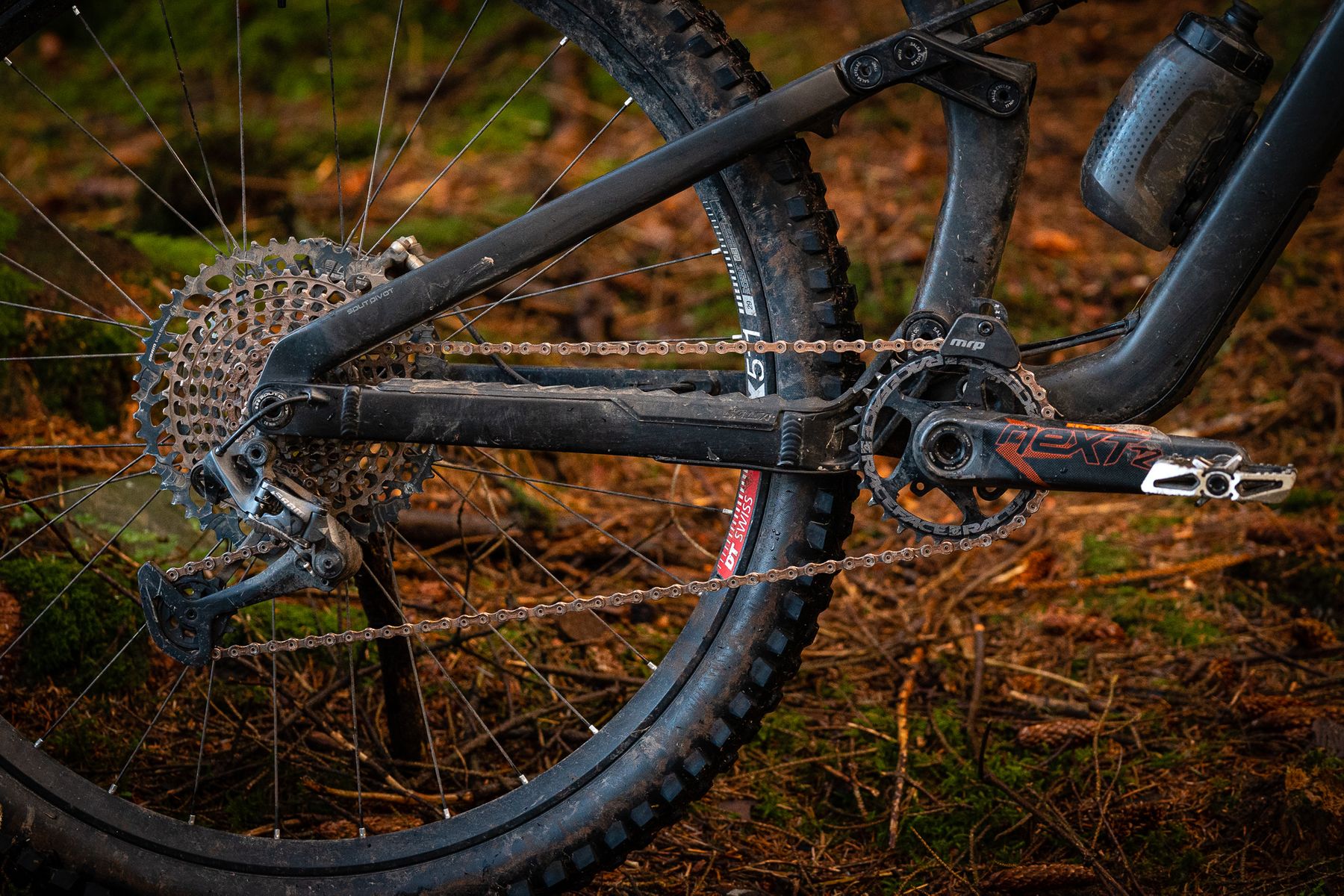
The top of the line SRAM XX1 groupset kept things moving forwards impeccably throughout the duration of the test 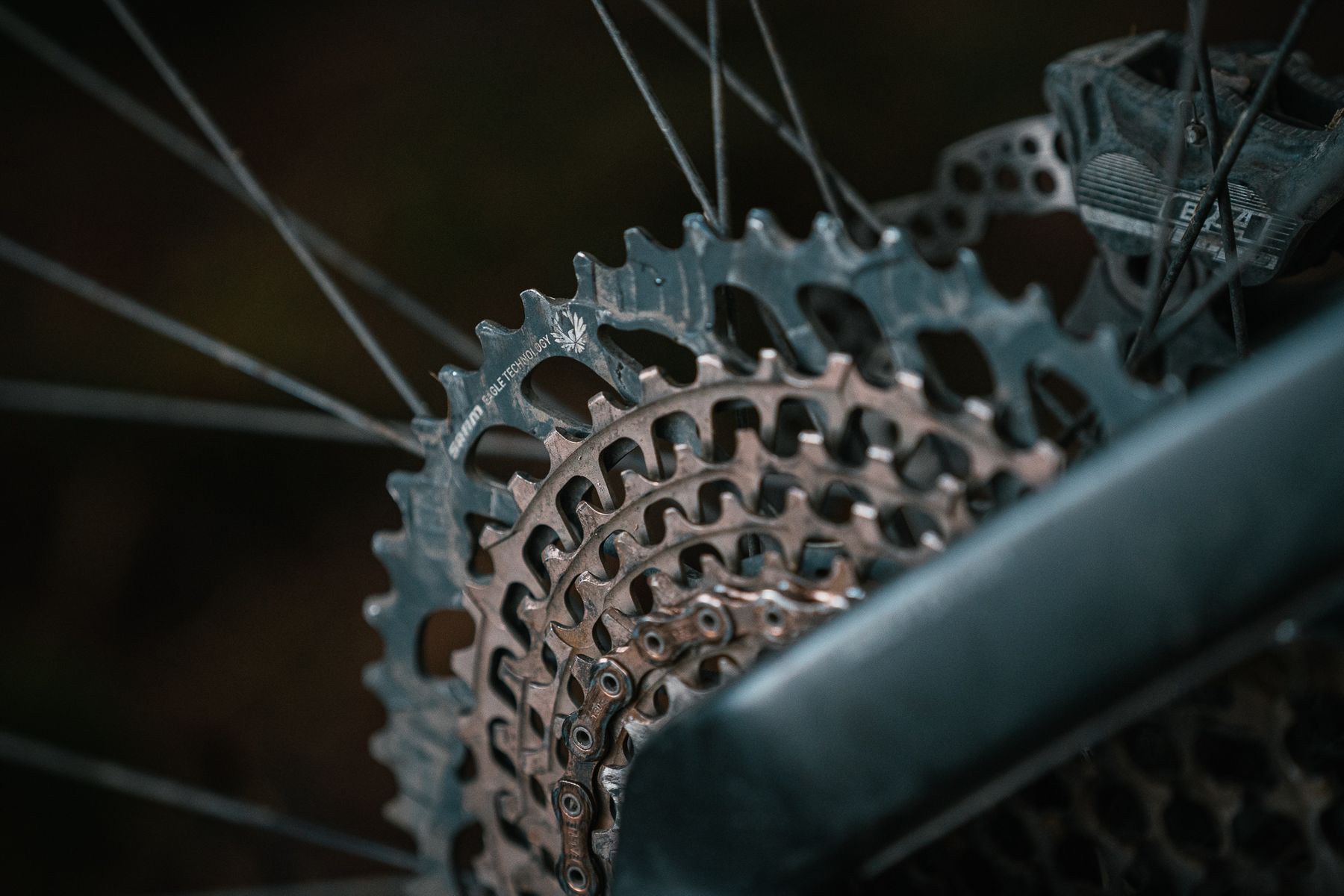
Huge range on the 10-52 Eagle cassette 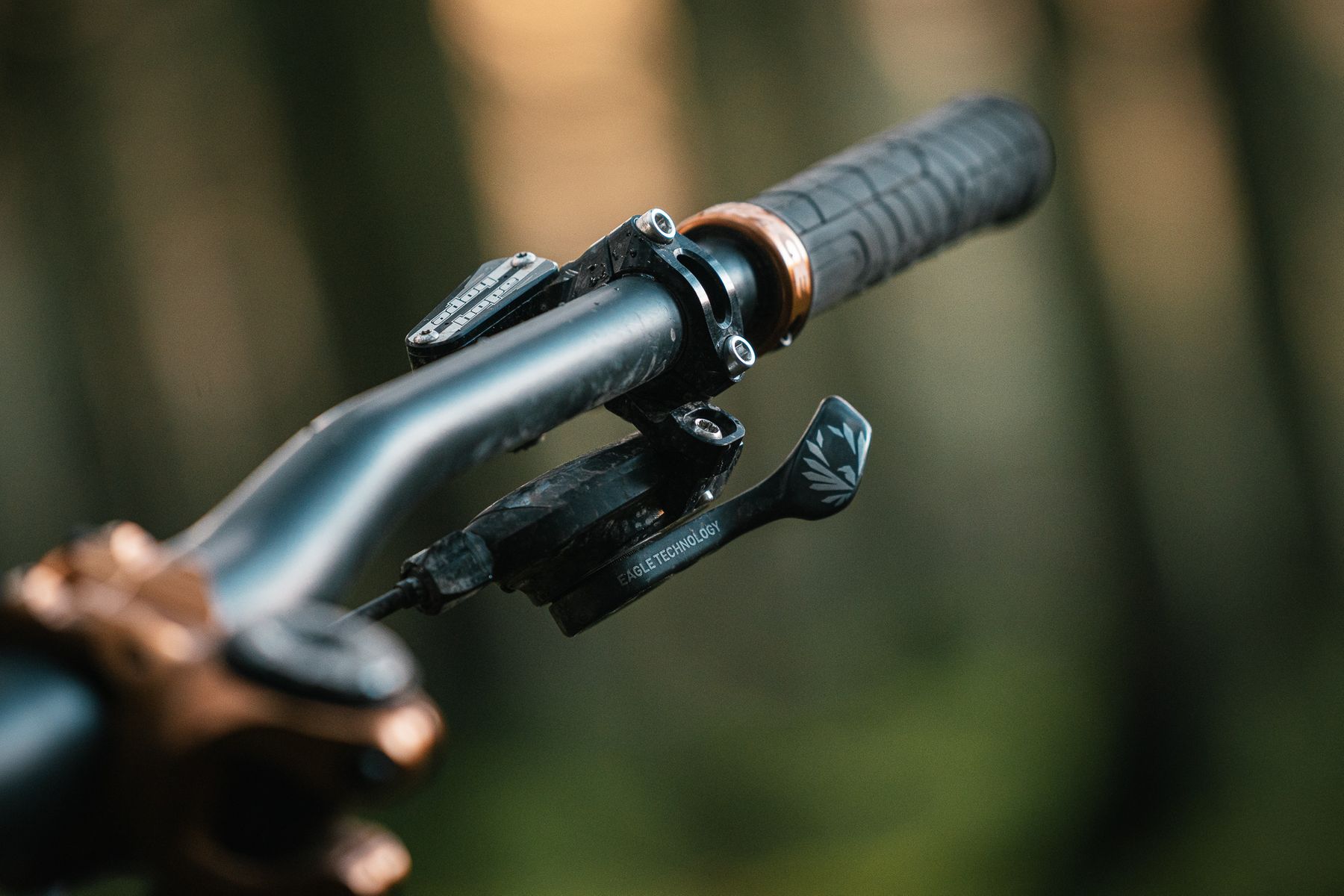
SRAM’s top of the line XX1 shifter worked like a dream 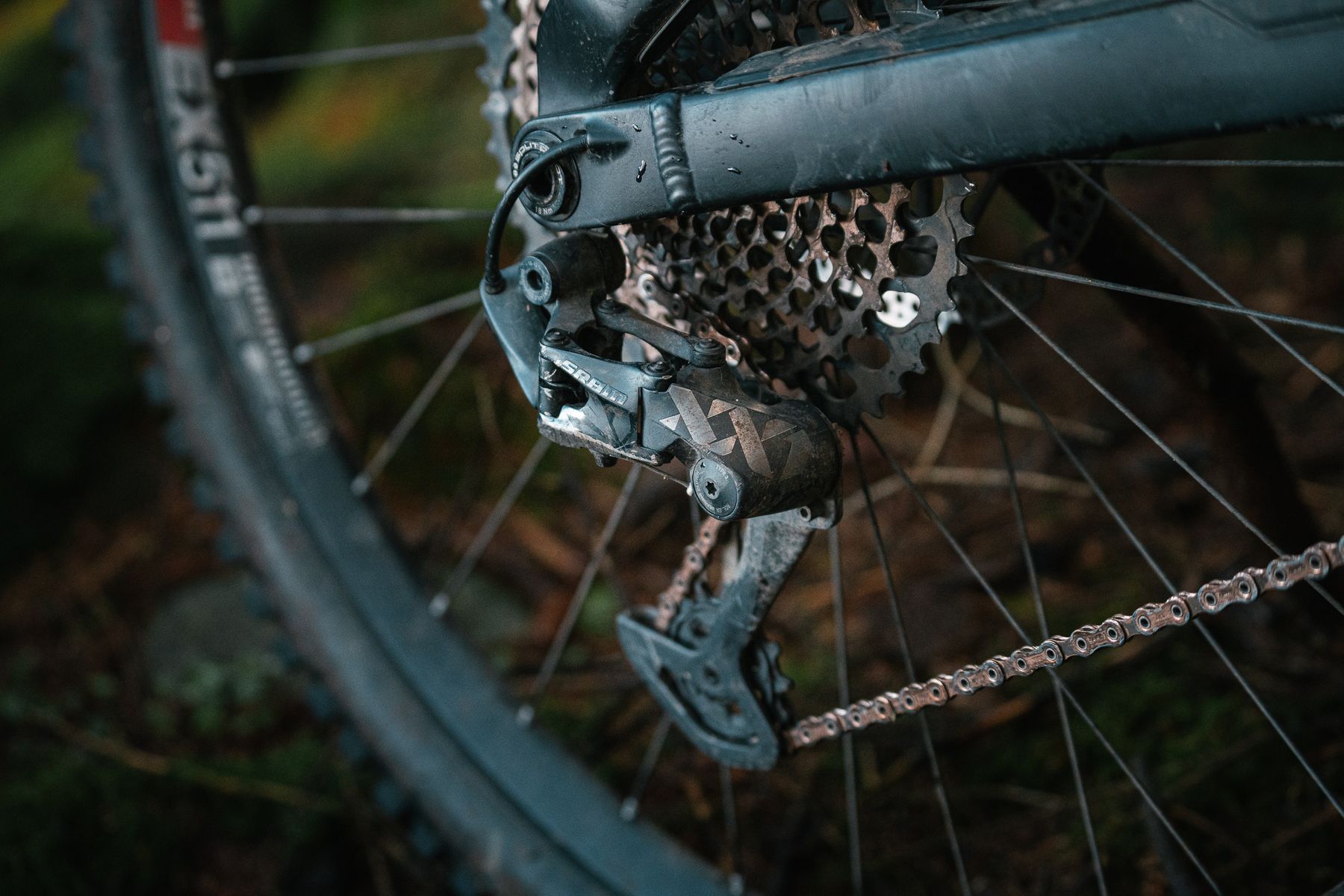
The XX1 groupset ended up looking a bit battered and bruised, but didn’t skip a beat 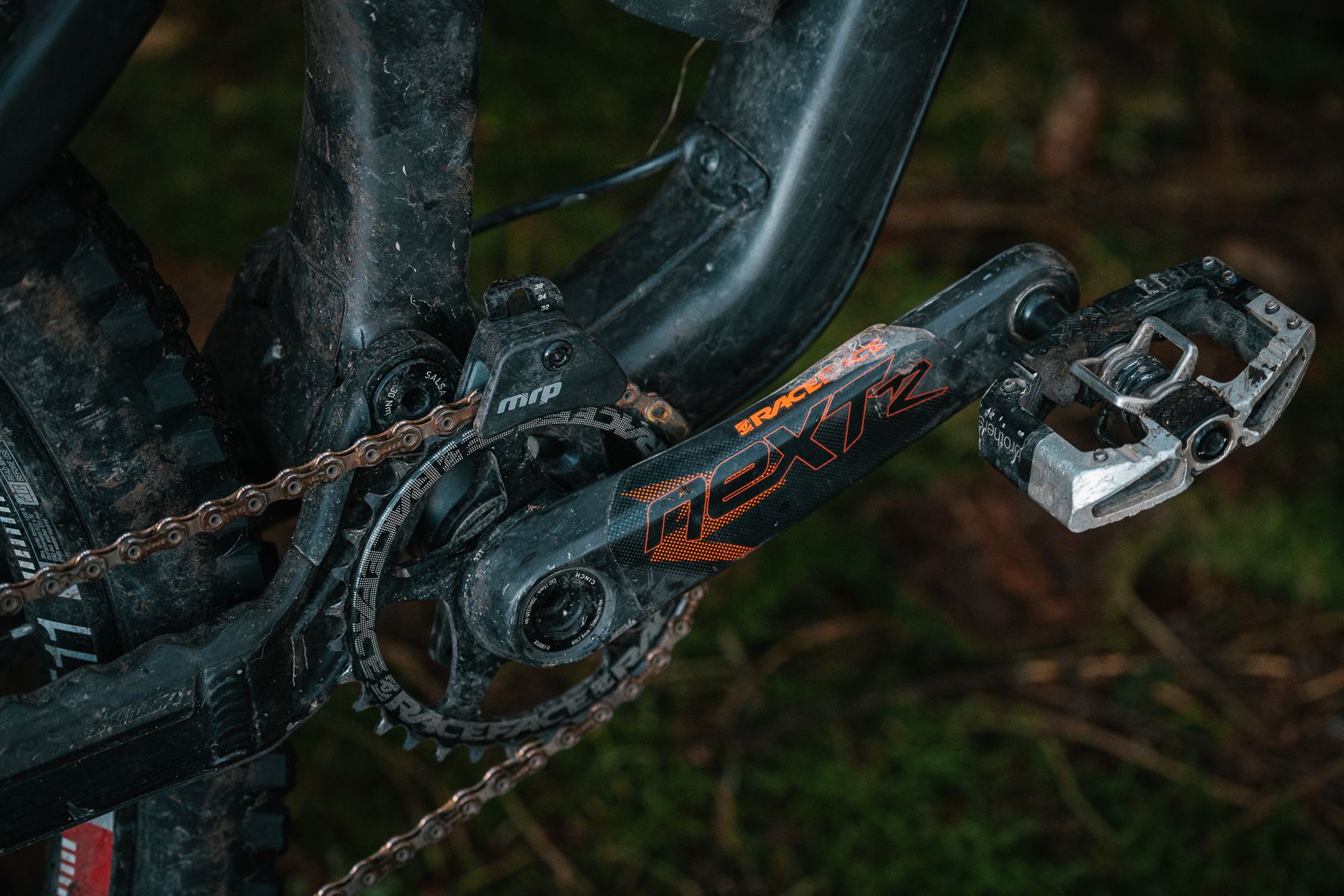
Top drawer components throughout the build, including these droolworthy RaceFace Carbon Cranks 
MRP Chain guide just worked.
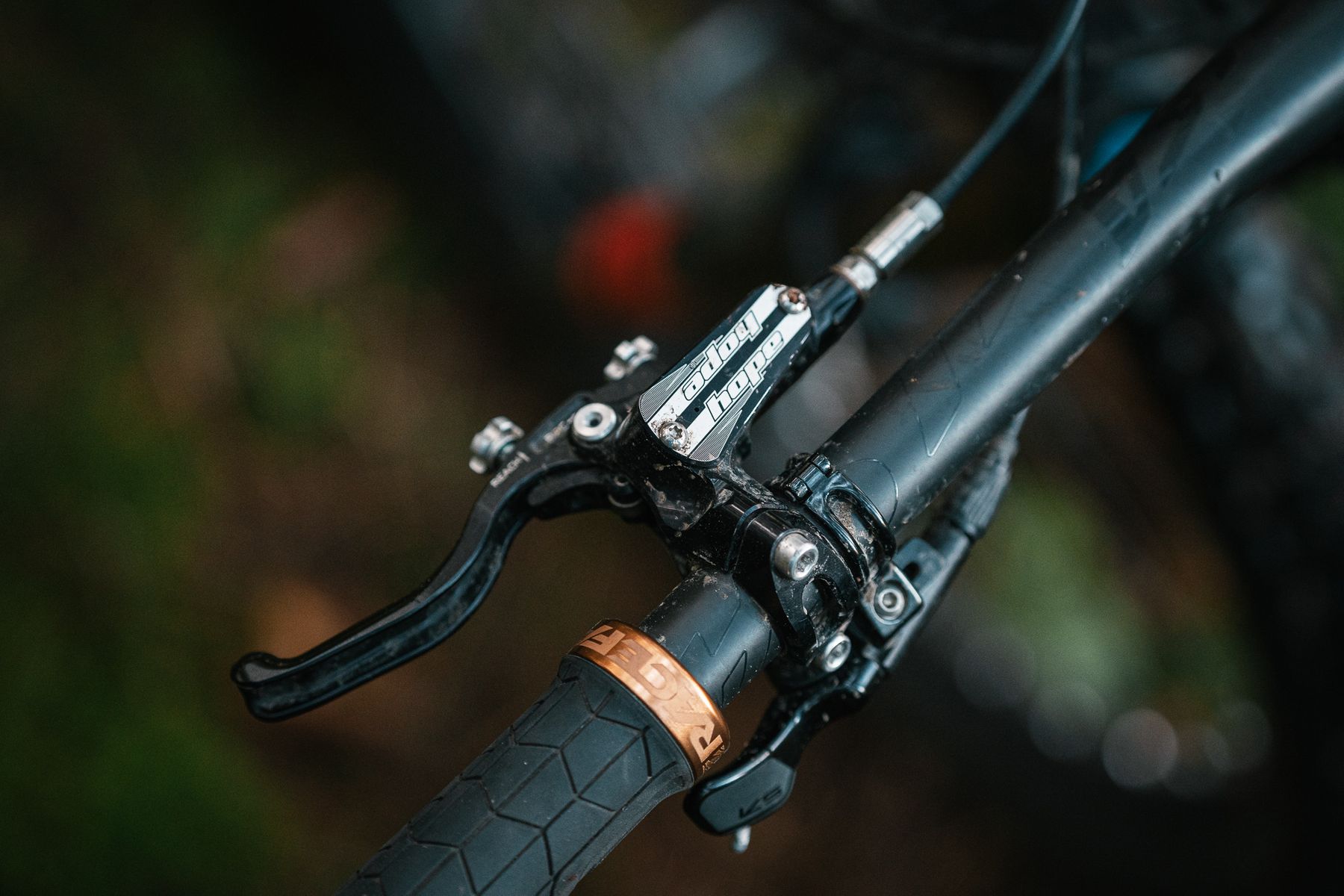
The task of stopping this 180mm monster truck falls to a set of Hope E4 brakes with Tech 3 levers. The levers have tool free bite point and reach adjustability, and the 4 piston calipers clamp down on 203mm and 180mm floating rotors front and rear. Power and modulation were outstanding – it’s been a while since I’ve ridden Hopes, and these remind me why the British brand is so popular. They were however, rather noisy throughout the test period.
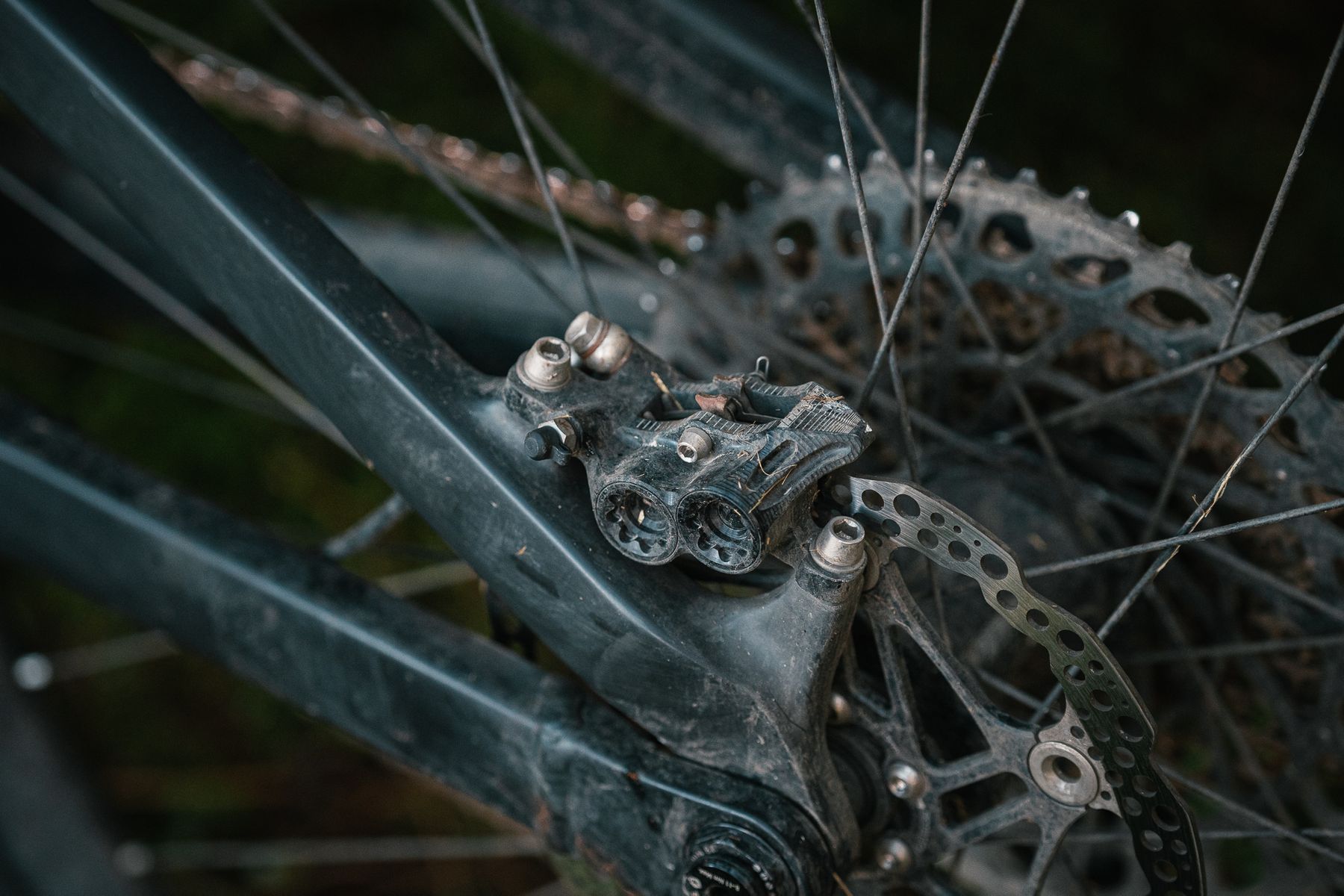
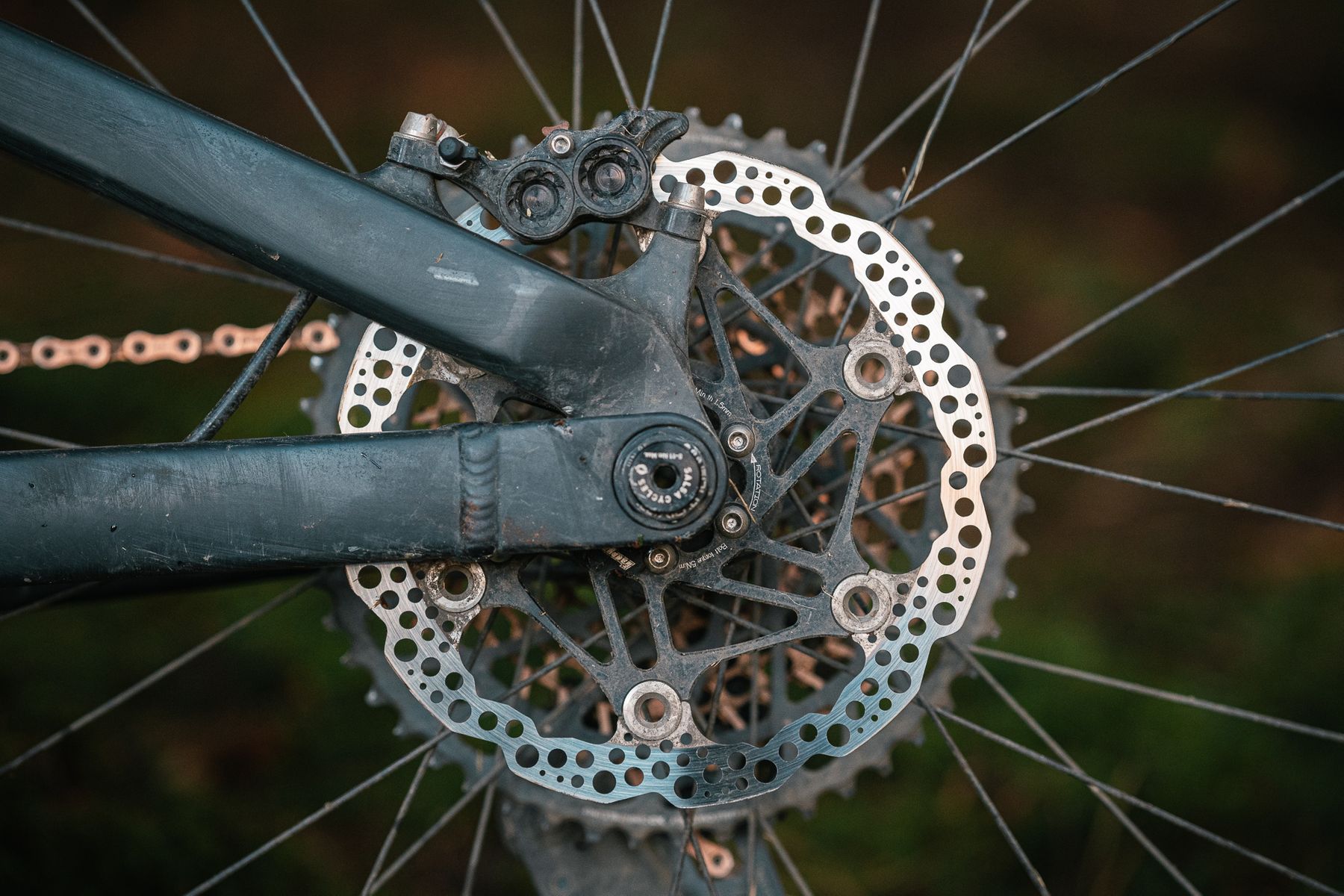
Onto the finishing kit, and the bars are Salsa’s own carbon offering – the 35mm Guide. 800mm wide, with 8° backsweep, 5° upsweep, they’re comfy, well finished, and their place on this build is more than justified. Meanwhile, the stem, grips and saddle are all from RaceFace. The Turbine R 35 stem is short, bronze and looks good (honestly, what more is there to say?), and I’ve no complaints about the grips. On the other hand, the Aeffect saddle’s profile and slippery surface meant it needed angling forwards quite significantly to stop me sliding off the back and to give a bit more climbing support. Finally, a PNW Components Rainer IR dropper post goes up and down without a fuss driven by a KS Lev lever.
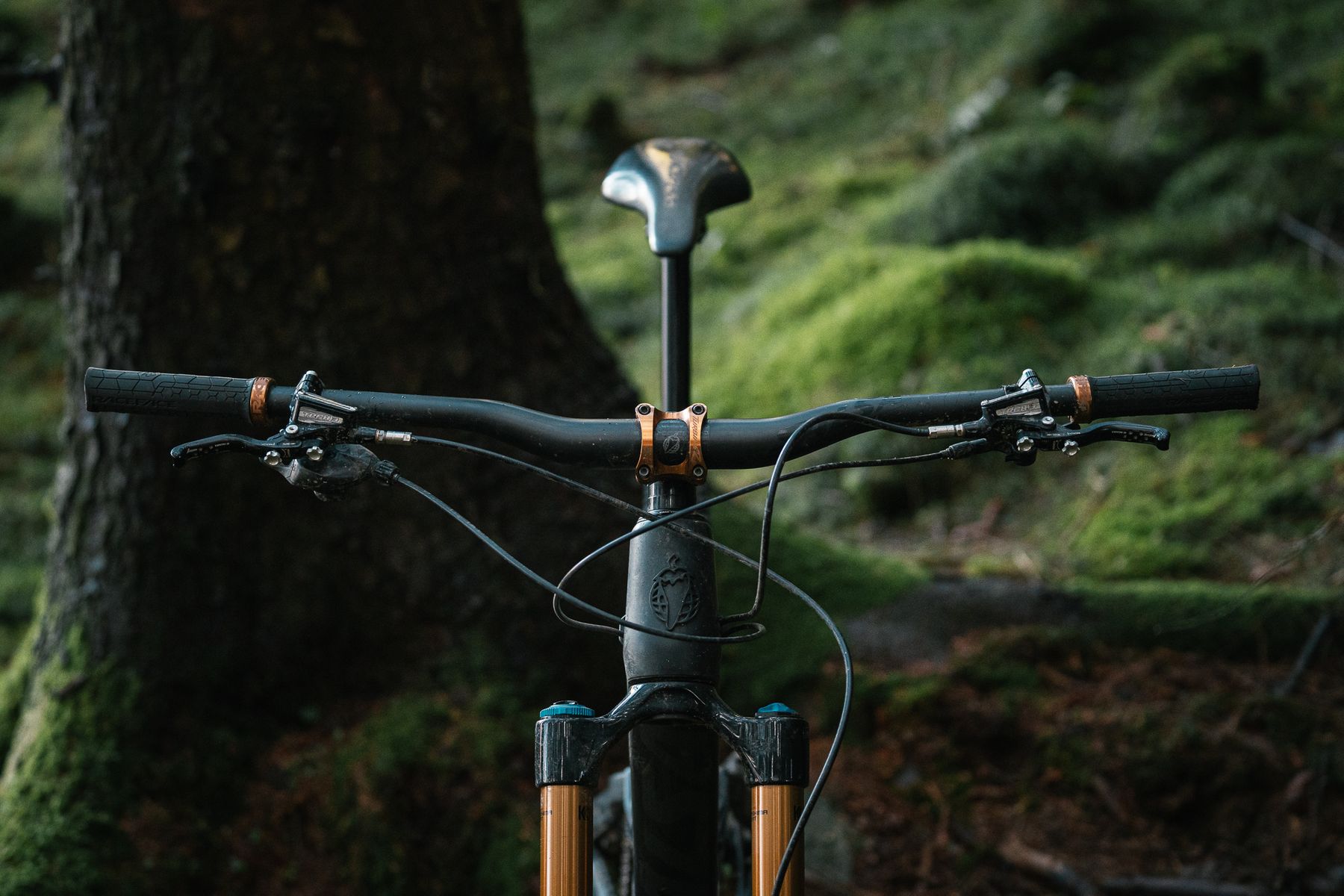
Dream ride(s).
Even though the Cassidy and Blackthorn share several ride traits, I’m going to split the ride review in two and treat each setup separately. First up, the longer travel Cassidy…
Salsa Cassidy Ride
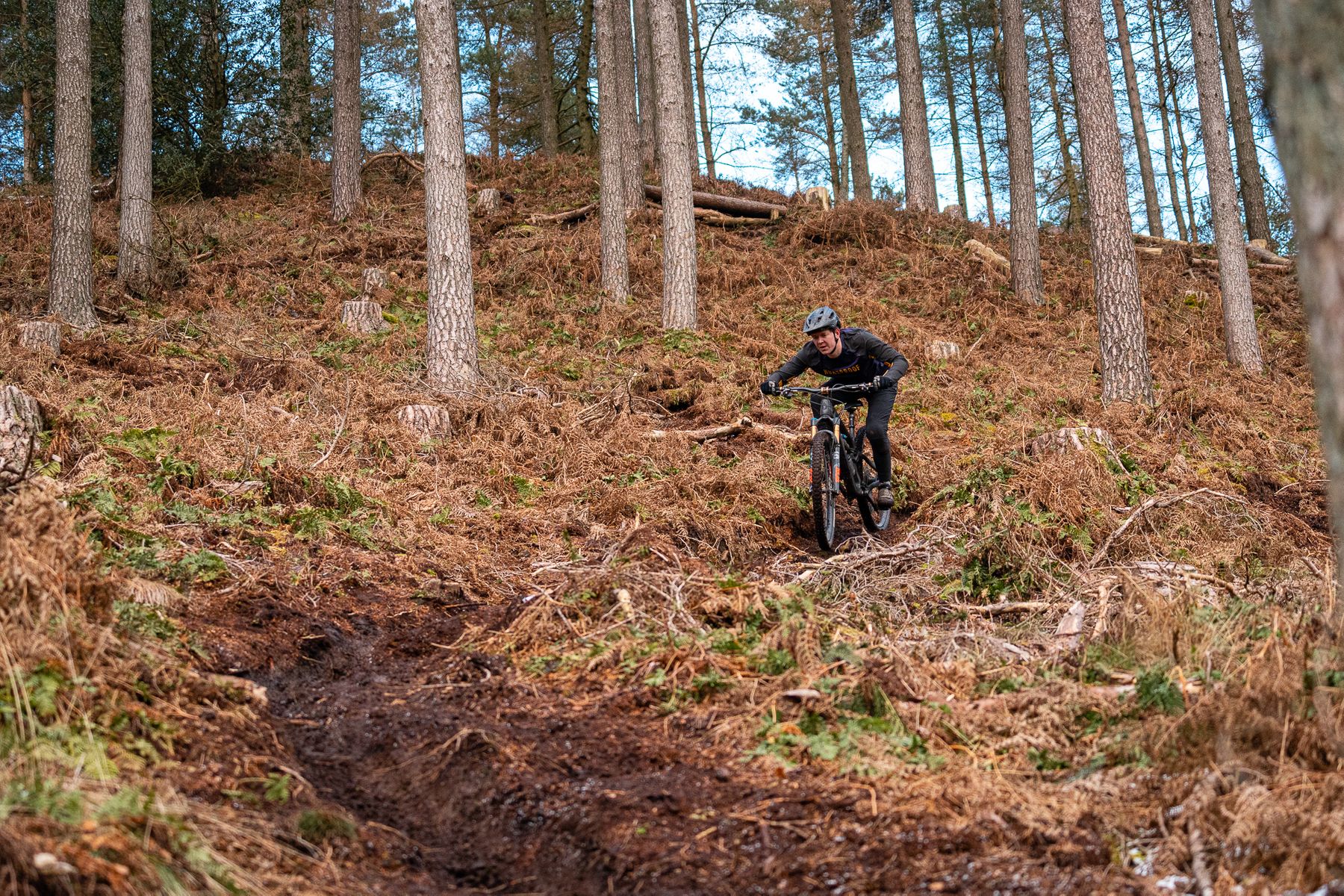
The first setup I got stuck into was the Cassidy with 2.6” tyres. As it was my first time riding the Fox 38s, and faced with a potentially overwhelming array of damper adjustments, I jumped straight onto the Fox website for setup tips. I ended up running the air spring on the softer side, compensating a little with a touch more Low Speed Compression to stop the front end diving. I don’t tend to push that hard on the front of a bike, preferring, rightly or wrongly, to keep my weight a little further back. I find if I run close to a manufacturer’s recommended settings, I won’t get close to full travel regardless of the manufacturer, model or travel. On the Fox X2 out back, I settled on exactly 30% sag. I don’t hit jumps, preferring to keep my wheels on the ground as much as possible, so one off big hit performance is slightly less important to me than all round control on steep technical terrain.
Once I’d got the suspension, and more importantly the saddle position, dialled I found the Cassidy to be a pleasantly spritely climber for the size of the bike, no doubt thanks to the Split Pivot suspension that never wallowed or got bogged down. It’s never going to win an XC race, but I never felt the need to reach for the shock lockout lever, and climbing traction from the 2.6” Teravail Kessels was fantastic on all manner of terrain. I guess there are some benefits to 2.6” tyres after all. Steep technical climbs do need a lot of muscle to keep the bike pointing where you want, but that’s to be expected with a 180mm fork and 63.8° head angle.
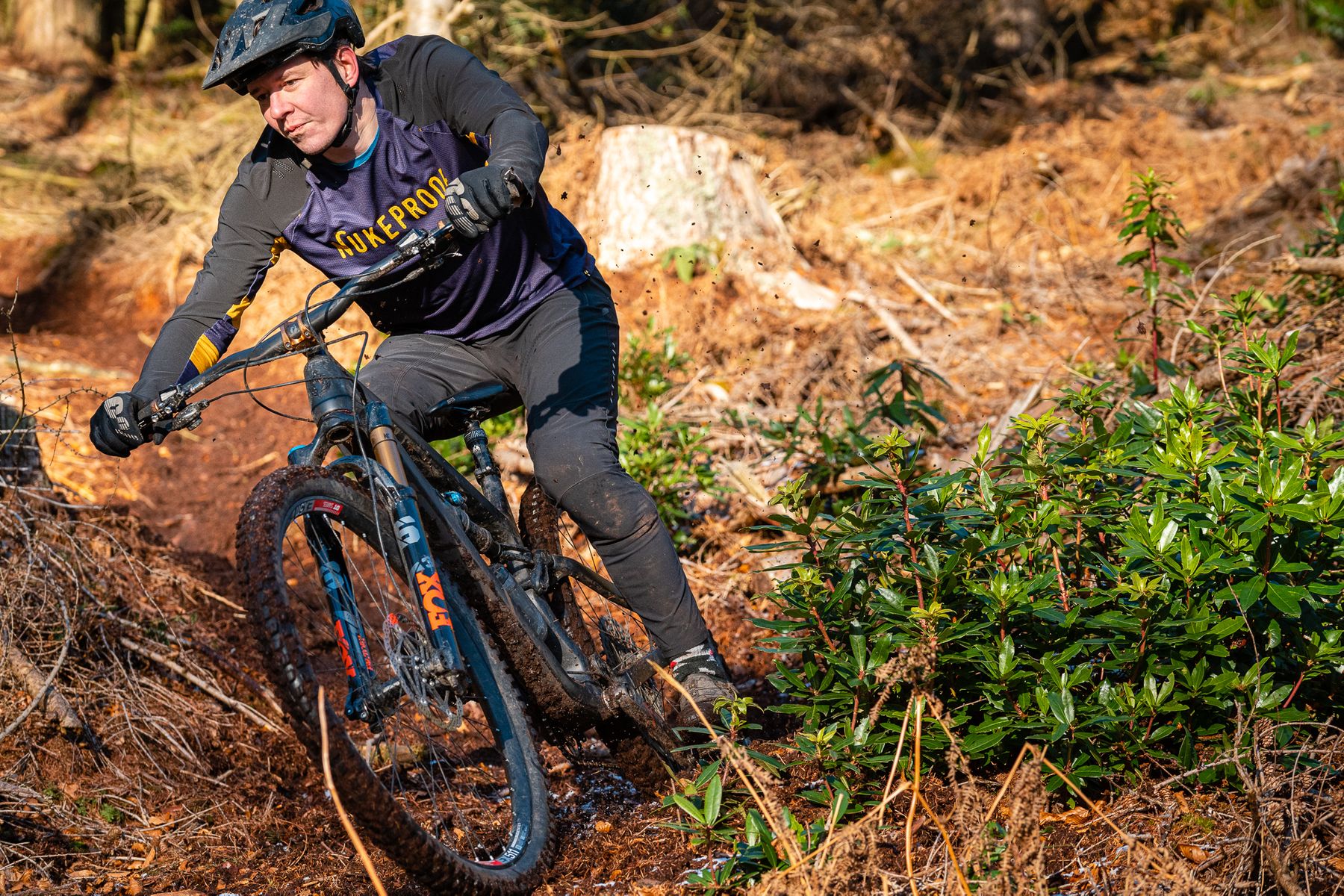
Talking of angles, I should point out that I didn’t touch the flip chip and left the bike in the low position for the duration of the test. Honestly, you’re a better person than me if you can notice a 0.3° difference in angles when surrounded by 180mm of travel and 2.6” tyres. And besides, who gets a bike like this and makes it steeper? Not me, that’s for sure.
With gravity on your side, the Cassidy is a scarily fast bike, picking up speed with ease. Features come rushing towards you at warp speed, and it’s tempting to just hold on and let the bike soak up everything underneath you. Sadly, the 2.6 Teravail Kessel tyres were unable to cope with the Lake District rock, and halfway round the Borrowdale Bash I managed to slice the rear tyre open irreparably. These were only the ‘durable’ casing option though, so it’s not hugely surprising.
After limping home, I fitted the 2.4” Kessels (durable casing up front, ultra durable at the back). This gave a lot more confidence on rough terrain and mucky off-piste trails, at the slight expense of comfort and outright climbing ability. But let’s be honest now, you aren’t going to buy a bike this big and take it for a cruise. It wants to go quickly and attack, and the more aggressive 2.4” tyres are a better fit. On the rough, steep and rocky terrain of the northern Lakes, the Cassidy is impeccably well behaved. Drop into a disgusting rocky chute on board this bike, and you can let go of the brakes knowing the Cassidy has your back. The length makes for a stable ride at speed, while the Fox 38 and X2 are hands down the best suspension I’ve ever ridden. Stiff, supportive, and incredibly well controlled, you’ll be fired out the other end with a grin all over your face.
Salsa Blackthorn Ride
Switching the fork, shock and rocker link over is a simple process and in no time at all, your Cassidy is now a Blackthorn. It’s not something to tackle the morning of a ride, rather get it done the night before. Including cutting the steerer to length, it took at most an hour and is easily accomplished by a competent home mechanic.
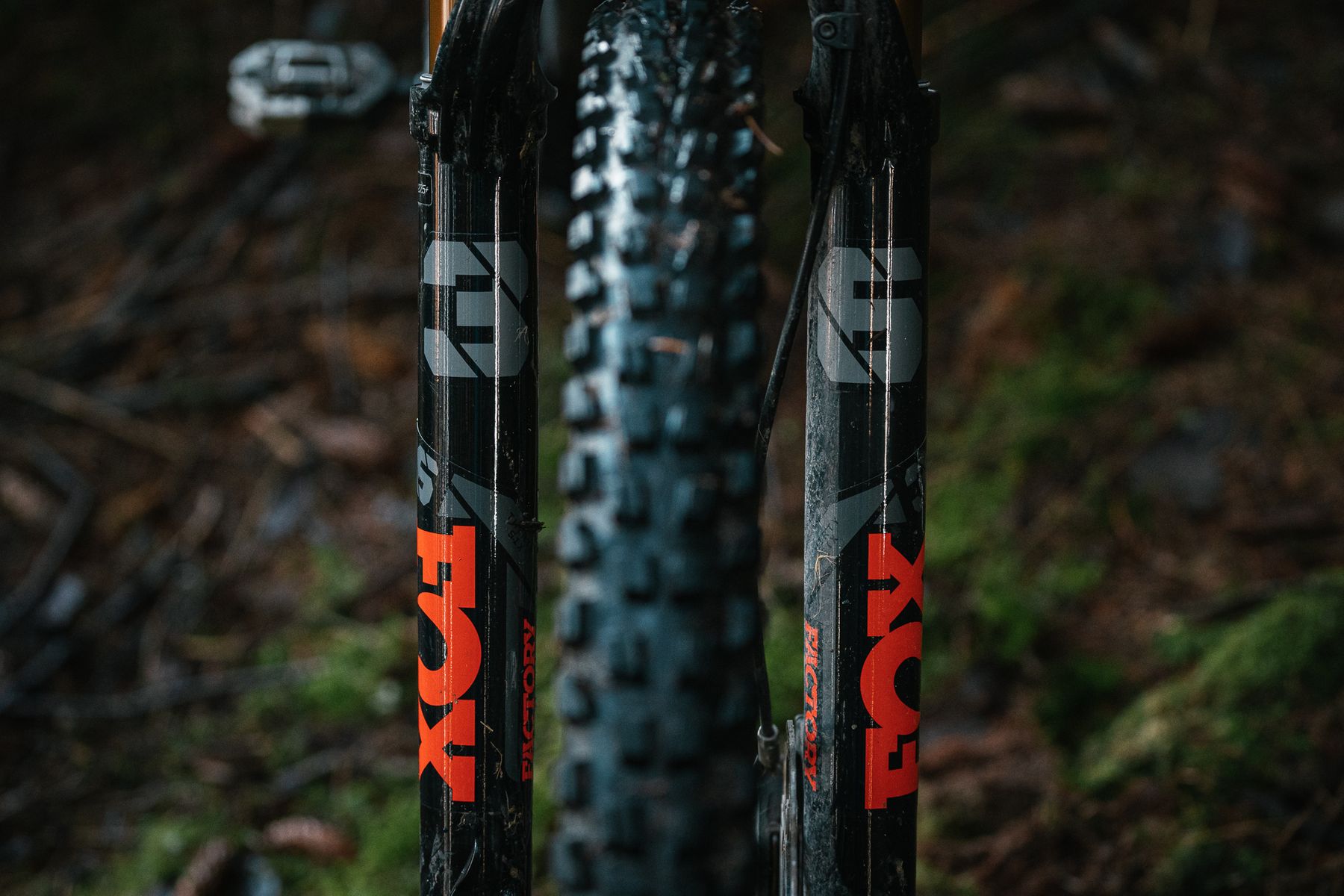
As with the bigger 38, I started with Fox’s base settings for the 36, again settling on a slightly softer setup. As good as the 36’s are, I struggled to get a setup I was truly happy with – the 38s are more forgiving to set up and as a result the front end grip suffered when running the 36’s. Similarly, at the other end of the bike, the Fox DPX2 never felt quite as in control as the longer travel X2. I suspect this is simply a combination of better damping and extra travel on offer with the 38/X2 combo. Indeed, that’s not to say the DXP2 is a bad shock, or that the 36 is a bad fork. Far from it in fact – if I’d been riding them in isolation, I wouldn’t have had any complaints at all, it just highlights quite how good the combo of 38 and X2 is.
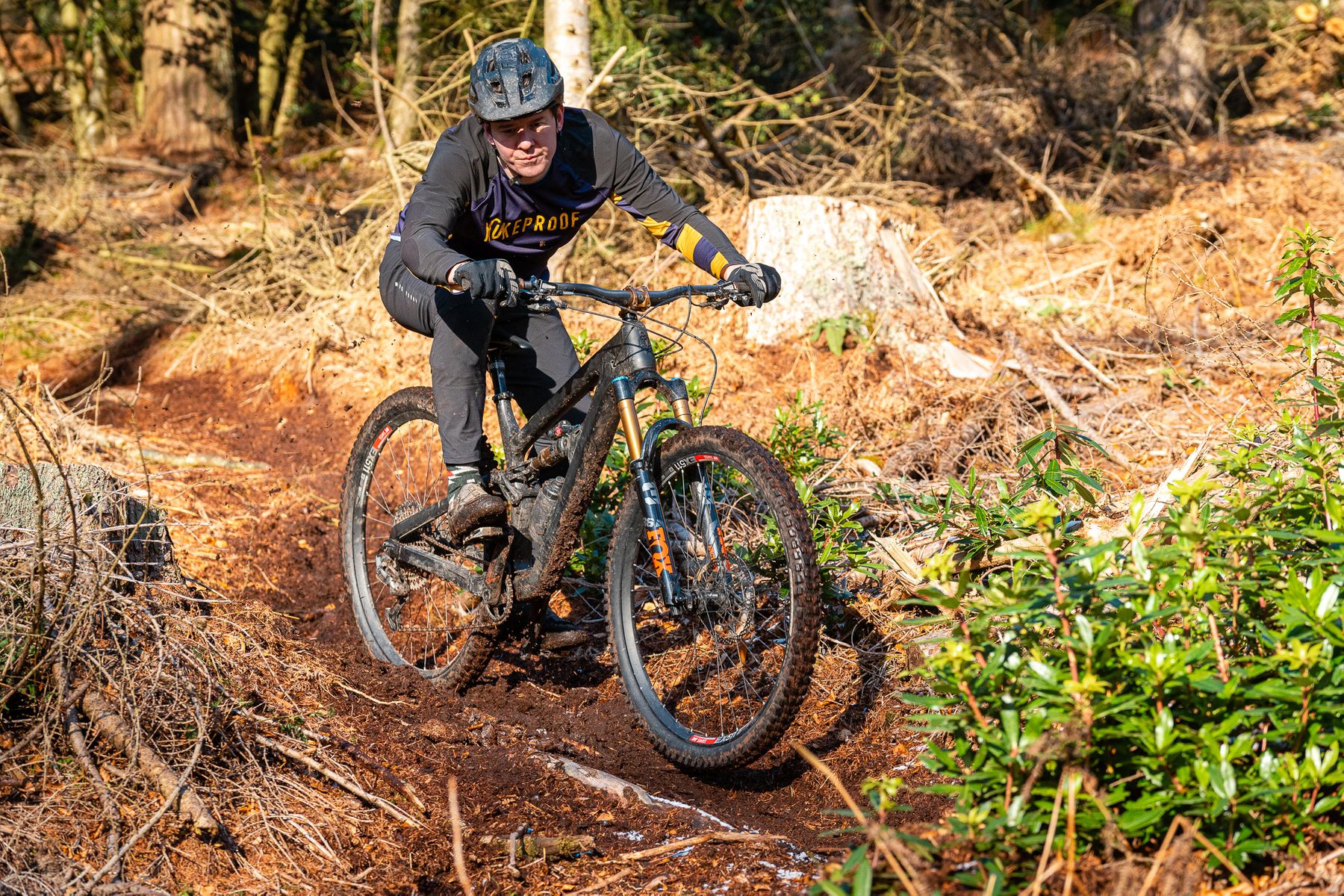
Switching to the 36 and DXP2 saves exactly 454g, and if I’m honest, I’d rather put up with the weight penalty and gain on the suspension performance. Bearing in mind, this is for me riding in the Lake District. If your trails are a little smoother and you haven’t been spoiled by the Cassidy, the Blackthorn will still be a great bike, just be prepared to be bounced around a little more in the rough stuff.
On the flip side, that weight saving understandably makes a big difference on the climbs. Throw into the mix the slightly steeper angles and less wandery front end, and the result is the Blackthorn is a better climber than the Cassidy so would definitely be a better option for more groomed trails and less winch and plummet riding.
As for handling, while the Blackthorn is technically a trail bike at 140mm, it’s still got that big bike DNA. A brute of a bike, it feels more at home on wide open terrain, than it does on tighter twistier stuff. That’s not to say it’s bad on them, but it’s not where it’s happiest and requires a bit more body language and commitment to get around.
Compare and Contrast
So, which would I choose? Now there’s a question. Honestly, if I had many thousands of pounds burning a hole in my pocket, my money would be on the Cassidy. It climbs really well for such a big bike, and if nothing else it’s a great justification to get the sublime Fox 38 forks and Float X2 shock. And from a purely aesthetic point of view, the frame looks better with the 38s too – their increased stanchion diameter matching the purposeful carbon downtube. This isn’t to say the Blackthorn is a bad bike – far from it. It’s immensely capable and unlike where some 140mm travel bikes can feel a bit like smaller bikes scaled up, the Blackthorn rides like a big bike scaled down. Those smaller bikes will get out of their depth much quicker than the Blackthorn.
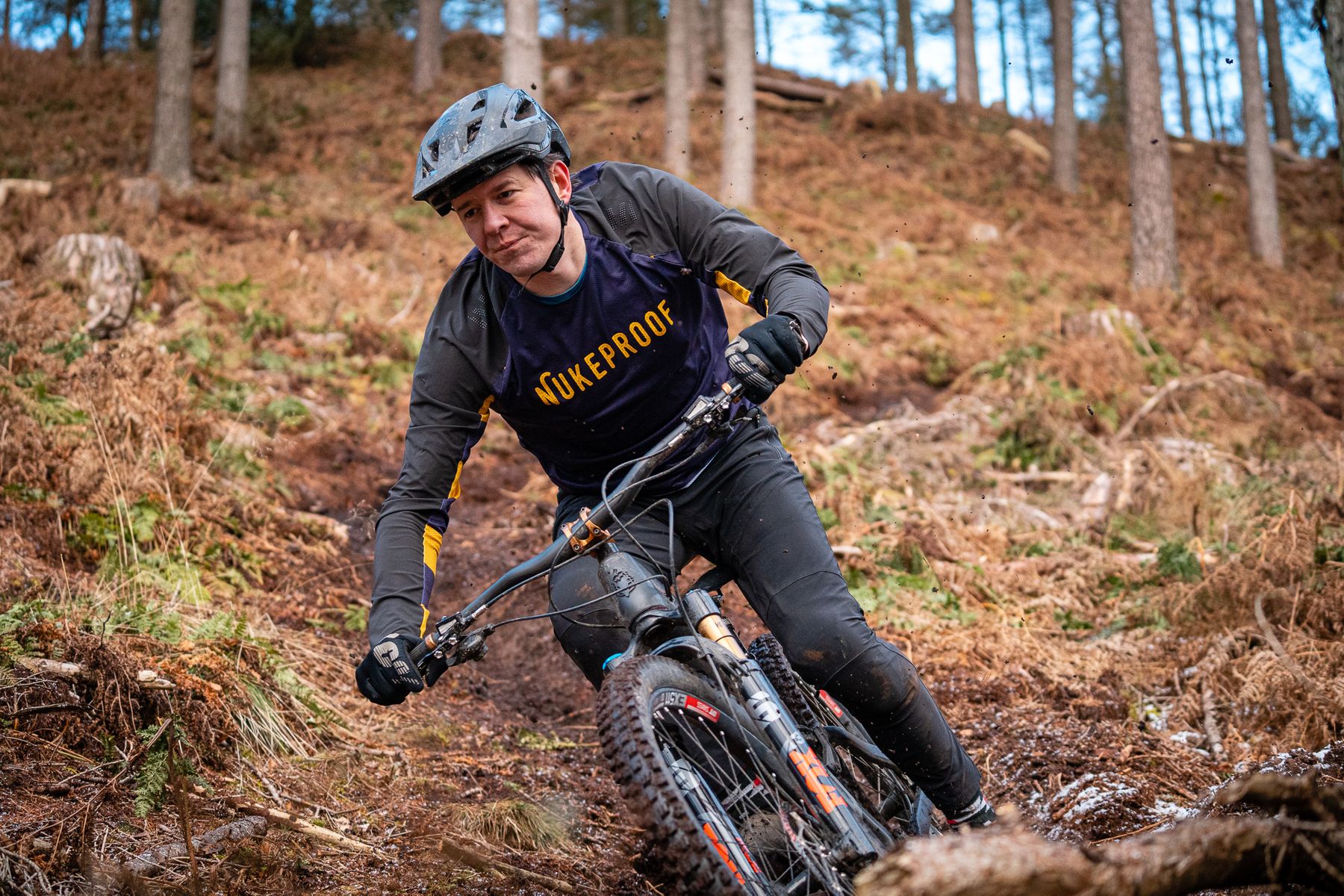
Overall, I think this is a clever move from Salsa. One of the first upgrades riders make is upping their fork travel, and this simply takes it one step further. You might be concerned that there are compromises resulting from this one frame fits all approach, but honestly I don’t think there are any. As a Blackthorn, the bike isn’t unnecessarily heavy, nor does the Cassidy feel fragile and lightweight. The accessory mounting points on the top tube are subtle enough to be ignored if you don’t need them, while the mounting strap in front of the shock mount is a benefit regardless of whether you’ve taken your Cassidy racing or are out adventuring on your Blackthorn.
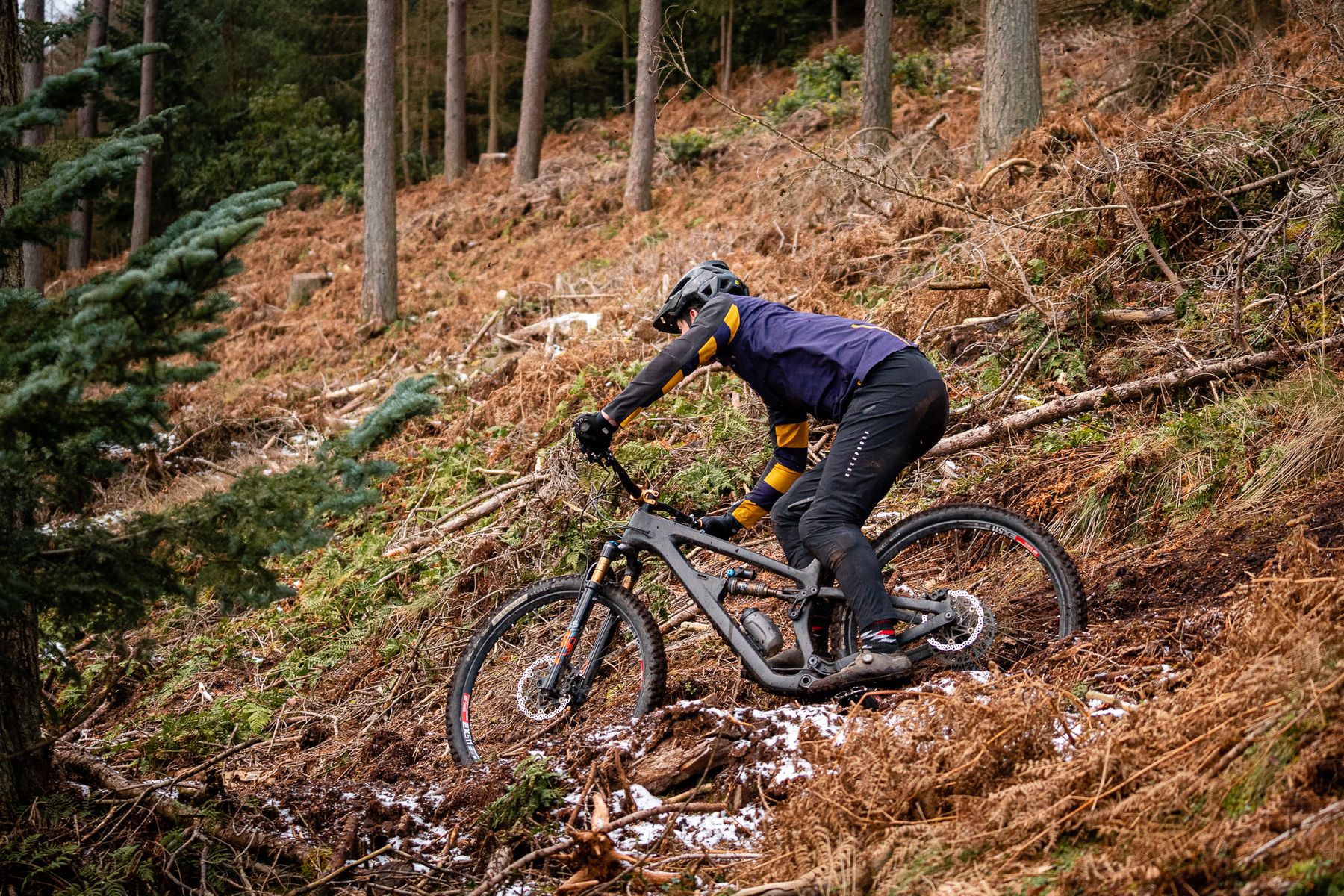
If this was down to me and I was building up a Cassidy, I would probably drop down a tier or two on the drivetrain, if only to save on the inevitable replacement costs as a result of all the chaos this bike encourages you to get into. I’d also fit some burlier tyres and/or inserts, and ride off into the sunset a very happy man. If on the other hand, the shorter travel Blackthorn is more your thing, you can probably get away with a lighter build kit in certain places, especially the wheels, but I would advise that you don’t go too light on the tyres as you’ll only regret it. This is a capable frame, so make the most out of it.
Talking of which, it’s certainly very possible that the Cassidy is too much bike for 99% of the UK, but when the travel is this good and the drawbacks are this few and far between, what’ve you got to lose?
Three things I loved
- Both bikes are crazy fast and pick up speed with ease
- Point and shoot, confidence inspiring suspension when in Cassidy mode. Great pedalling performance and that Fox Float 38 is incredible, making every other fork seem rather meh in comparison.
- Versatile design and flexibility.
Three things that could be improved
- The tyres. 3 punctures across 4 tyres in two months is disappointing.
- The saddle. Yup, I’m fully aware that what you stick your bum on is personal preference, but I really didn’t get on with the RaceFace Aeffect saddle and had to have it angled at an unusually steep angle to give climbing support.
- Superboost Plus. Sure it lets you build a stiffer wheel, gives all the mud clearance you could ever want and lets you run 2.6” tyres, but honestly, I’d rather just run 2.4” or 2.5” tyres and stick with Boost 148. Alternatively, I’d like to give the bike industry a time machine so we can skip boost and jump straight to Superboost Plus.
Conclusion
I’ve barely touched on the components in this review, for a couple of reasons. One, the Salsa Cassidy and Blackthorn are available as frame only options here in the UK. Two, aside from the tyres, the components are the epitome of fit and forget and I’ve had zero issues with anything on the bike. The SRAM gears shifted perfectly, the Hope brakes while noisy, stopped me with control on even the steepest tracks, and contact points are a personal preference, but it’s safe to say these are all top notch.
Once I’d got over the quite frankly ridiculous spec of this bike and stopped trying to work out a price, I was able to really start to enjoy it. Seriously – I did treat the bike with kid gloves for the first few rides, until Nils from Lyon said don’t worry about scratching it, it’s a mountain bike after all. Red rag to a bull, I needed no further encouragement.
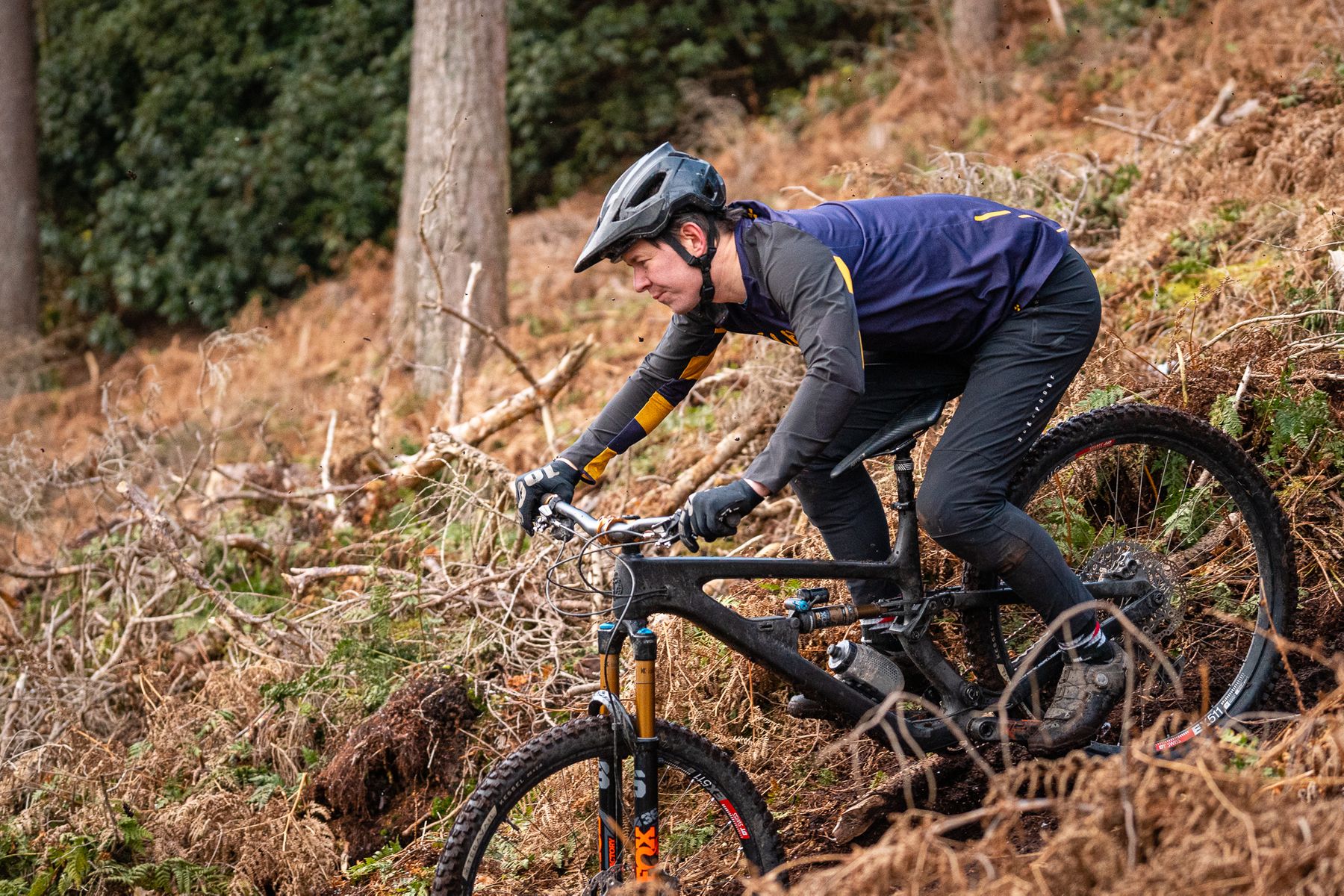
So yes. This is a ridiculous bike (or two), and at this price (whatever that may be), you’d expect nothing but the best. But all the bling in the world can’t hide bad geometry or poor suspension performance, and thankfully Salsa have nailed both of these. Living in the Lake District, I’d have the Cassidy. Its downhill performance is something to behold with little to no drawback when climbing. That’s not to say the short travel Blackthorn is a bad bike at all, it’s just that Salsa Cassidy really is THAT good.
Specification as Tested
- Frame: Salsa Cassidy
- Fork: Fox 38 Float Grip 2, 180mm (Cassidy), Fox 36 , 165mm (Blackthorn)
- Shock: Fox Float X2, 160mm (Cassidy), Fox DPX2, 140mm (Blackthorn)
- Brakes: Hope E4 with Tech 3 levers
- Shifter: SRAM XX1
- Rear Mech: SRAM XX1
- Cassette: SRAM XX1
- BB: Raceface
- Cranks: Raceface Next R
- Wheels: Hope Pro 4 on DT Swiss EX511
- Tyres: Teravail Kessel 29×2.6
- Bars: Salsa Carbon
- Stem: Raceface
- Dropper: PNW Rainer IR
- Lever: KS Lev
- Saddle: Raceface Aeffect






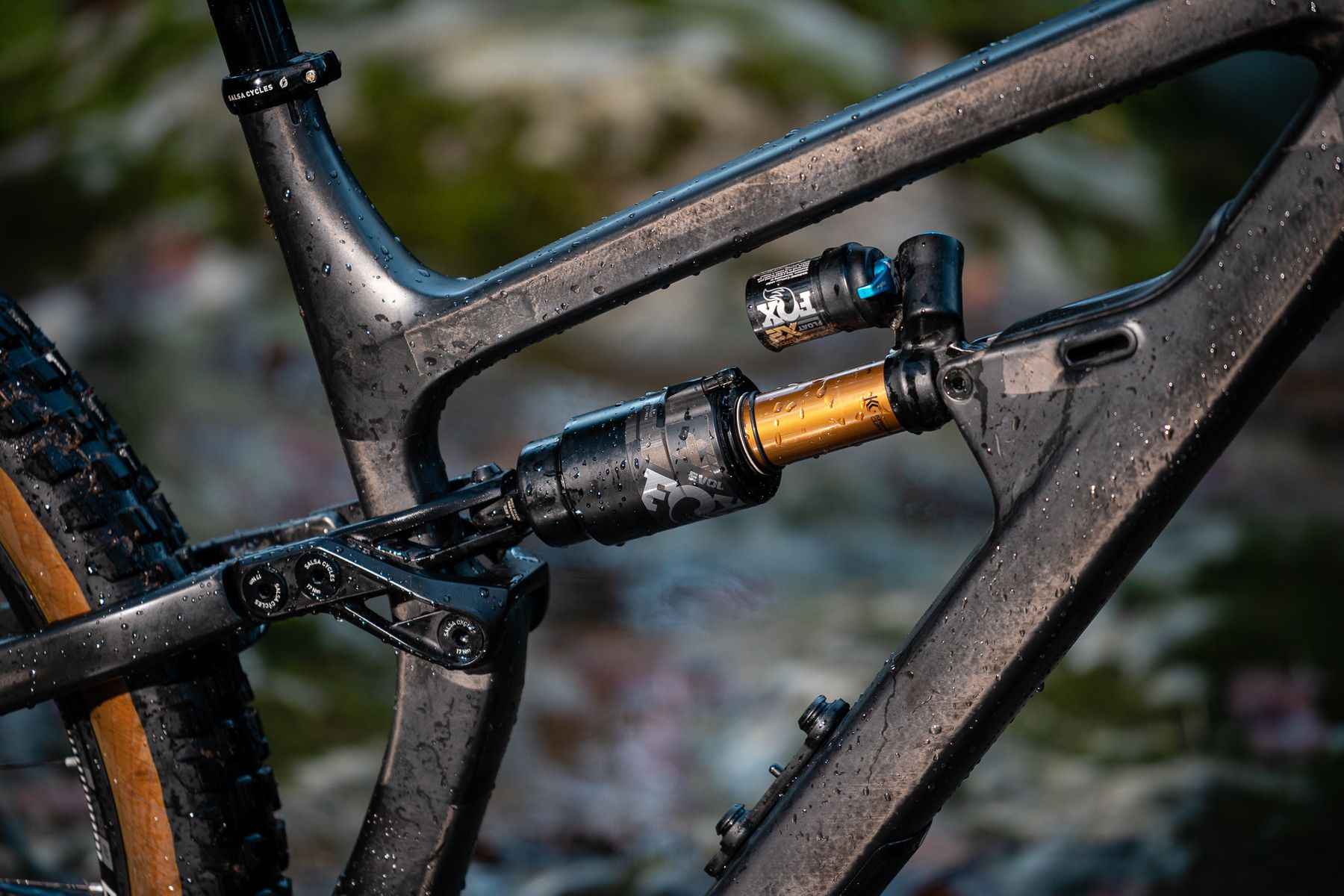
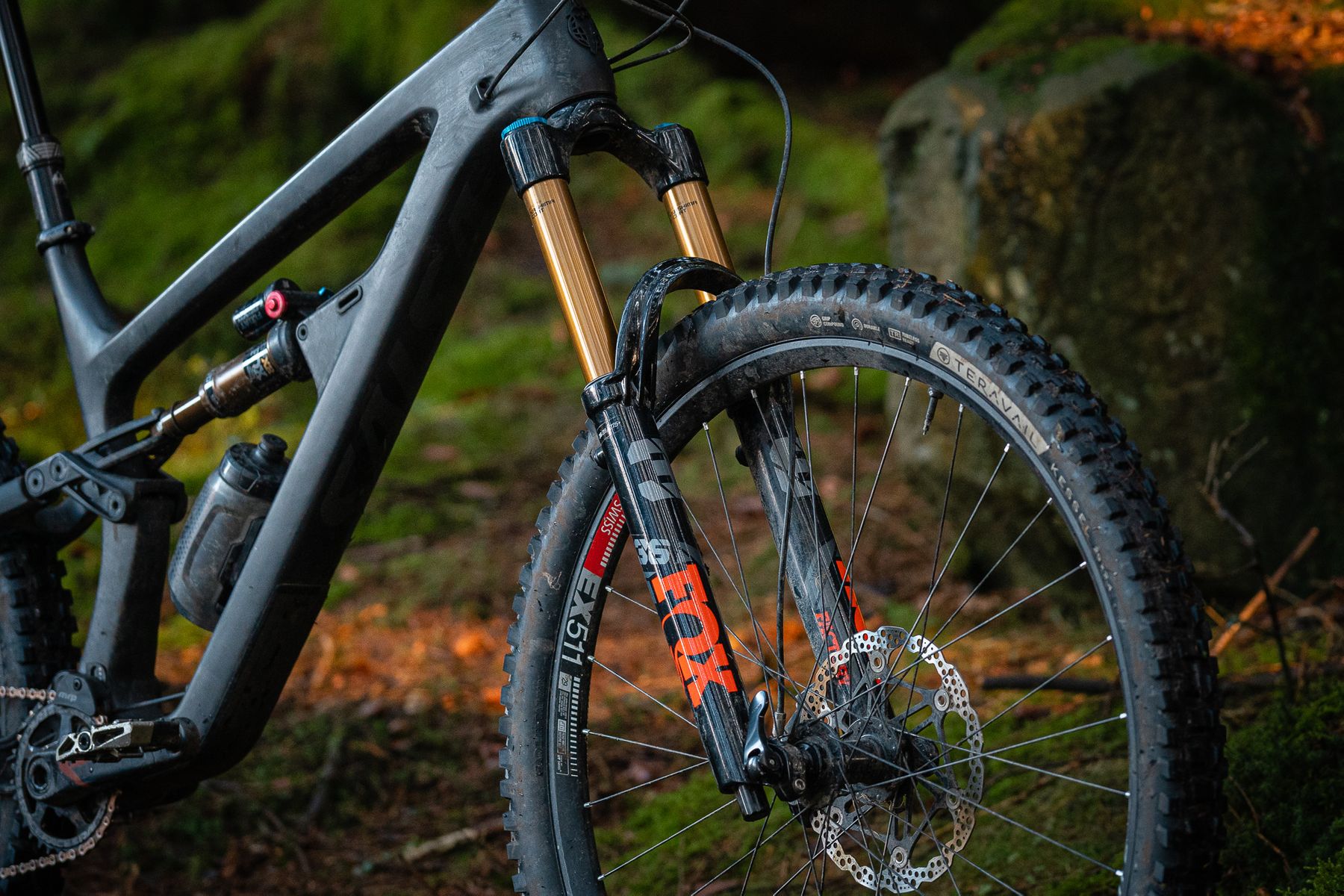
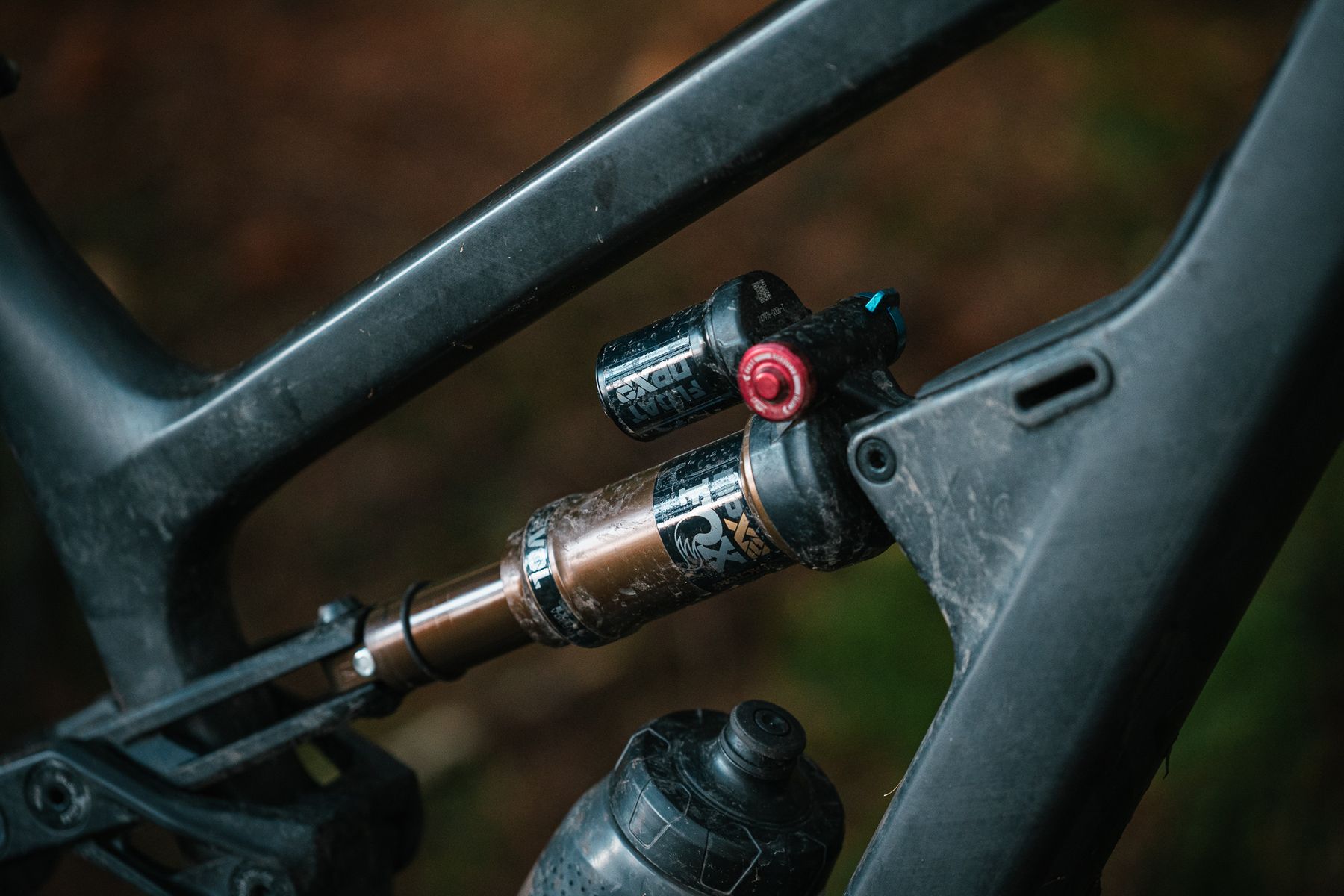
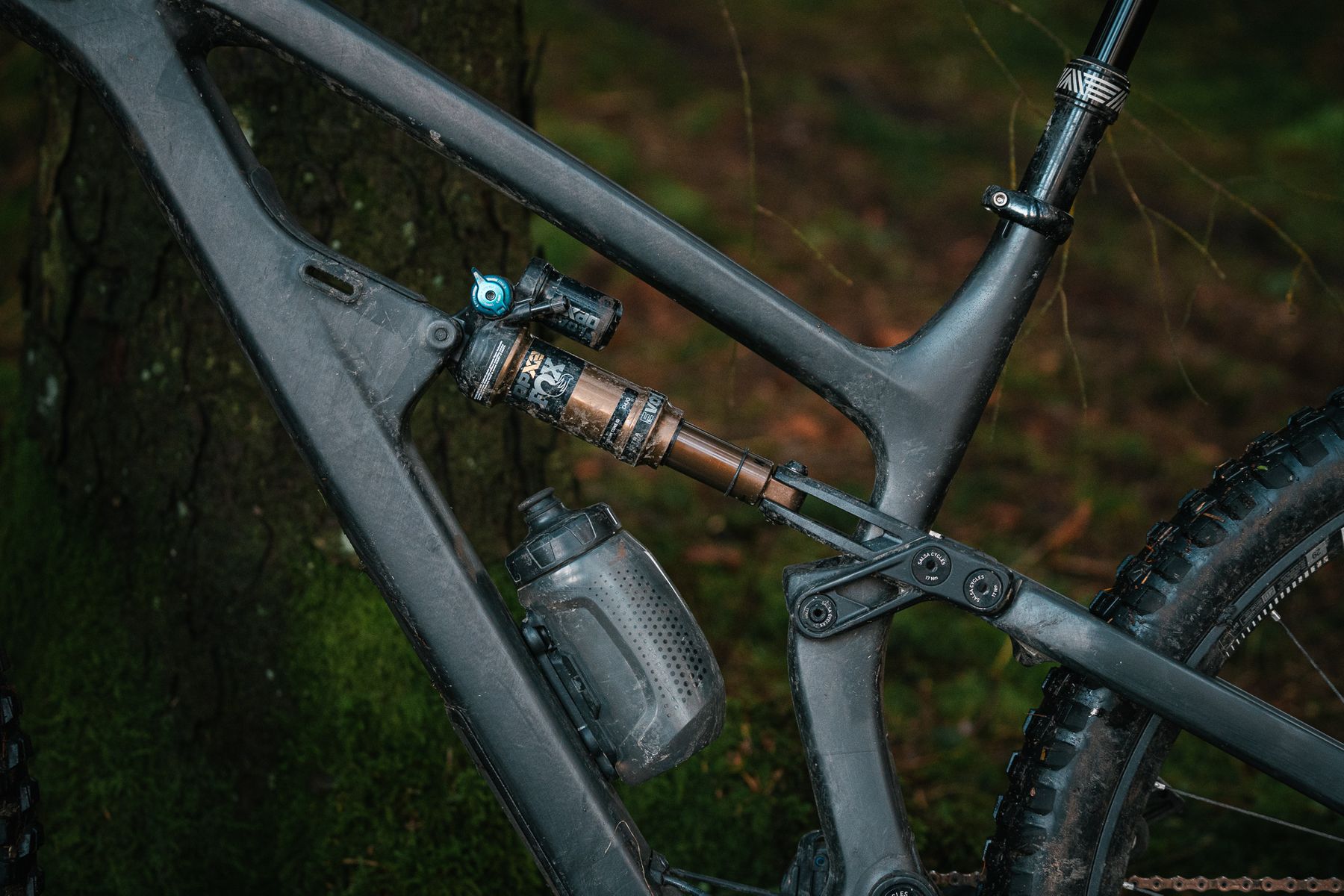
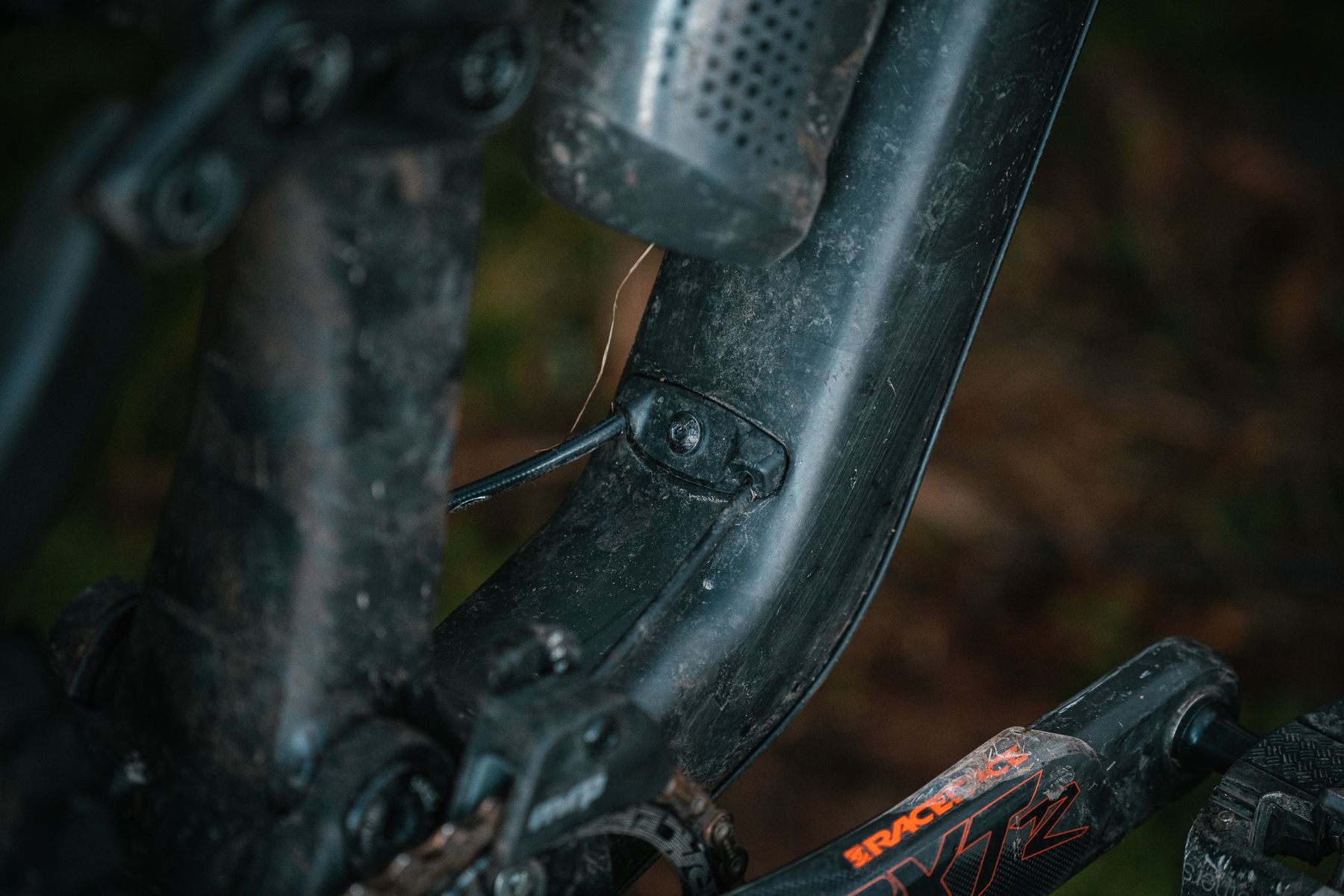
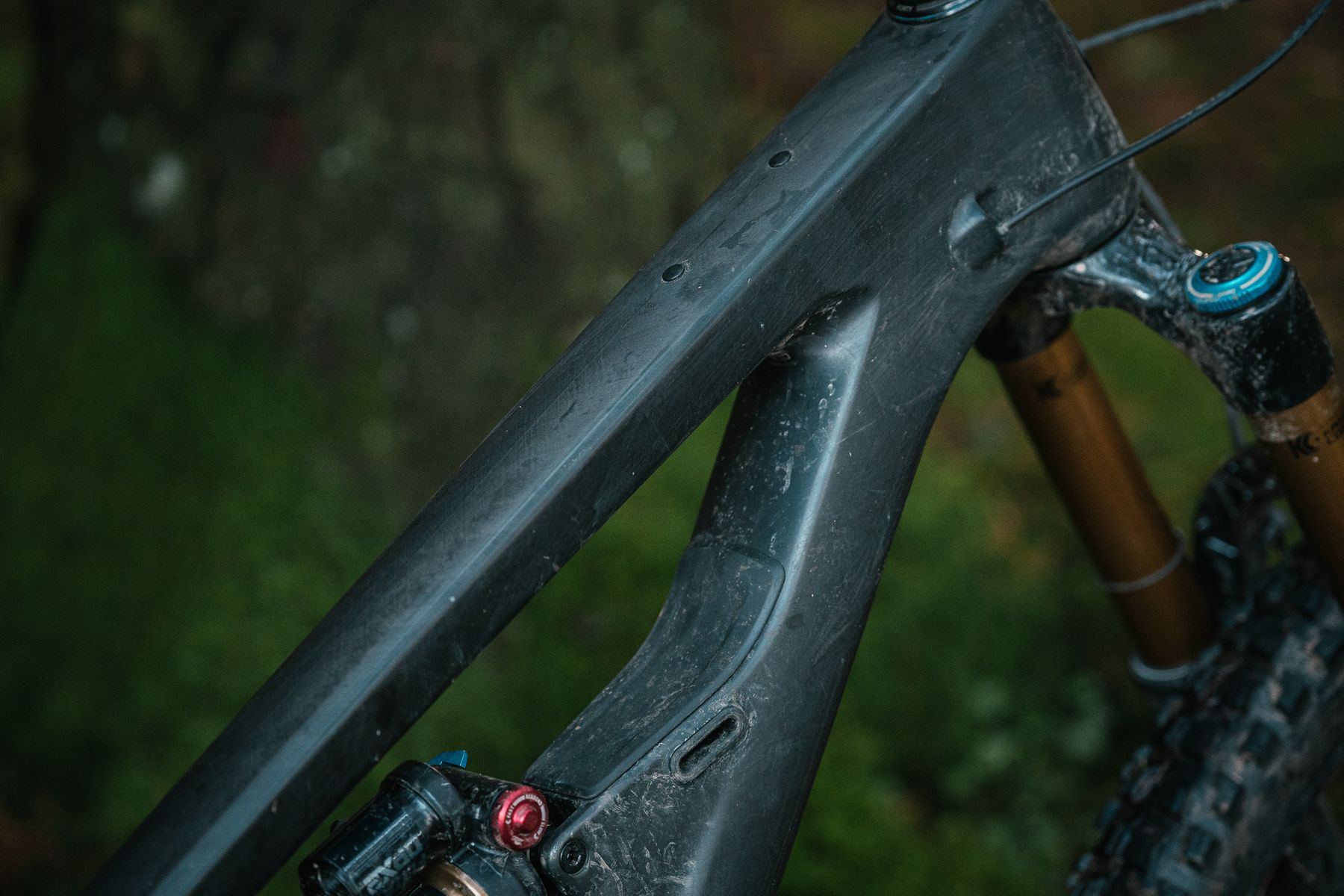
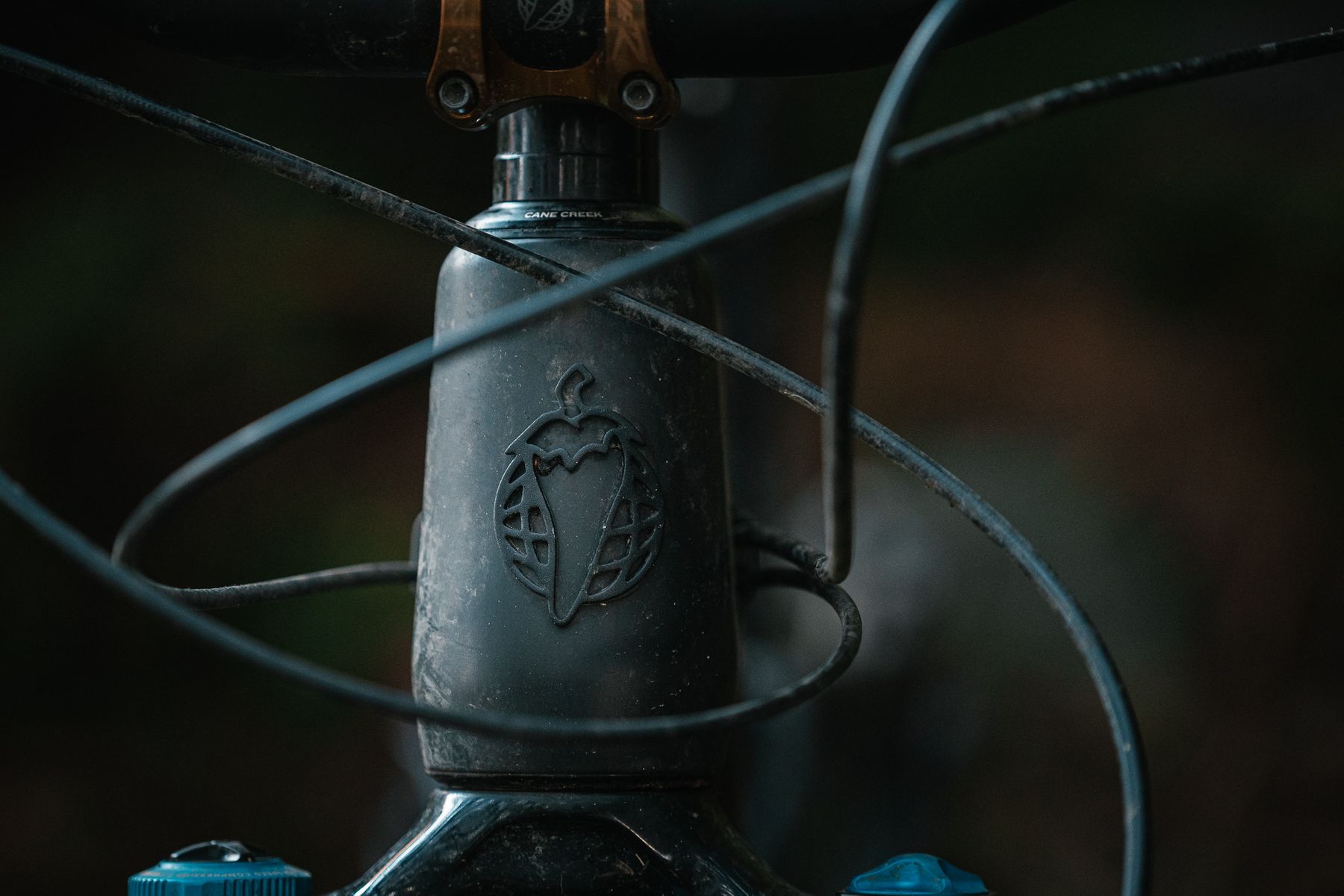
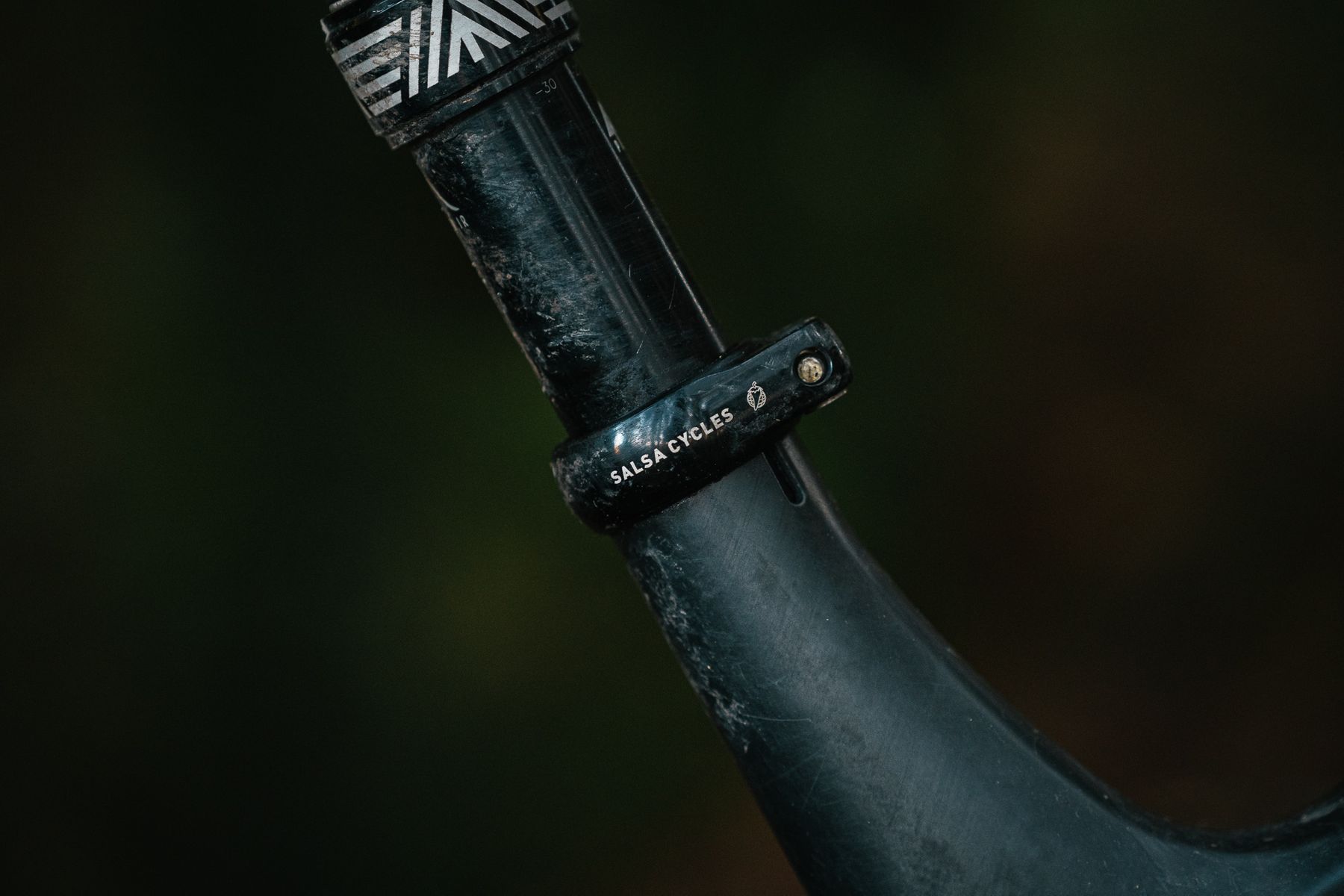
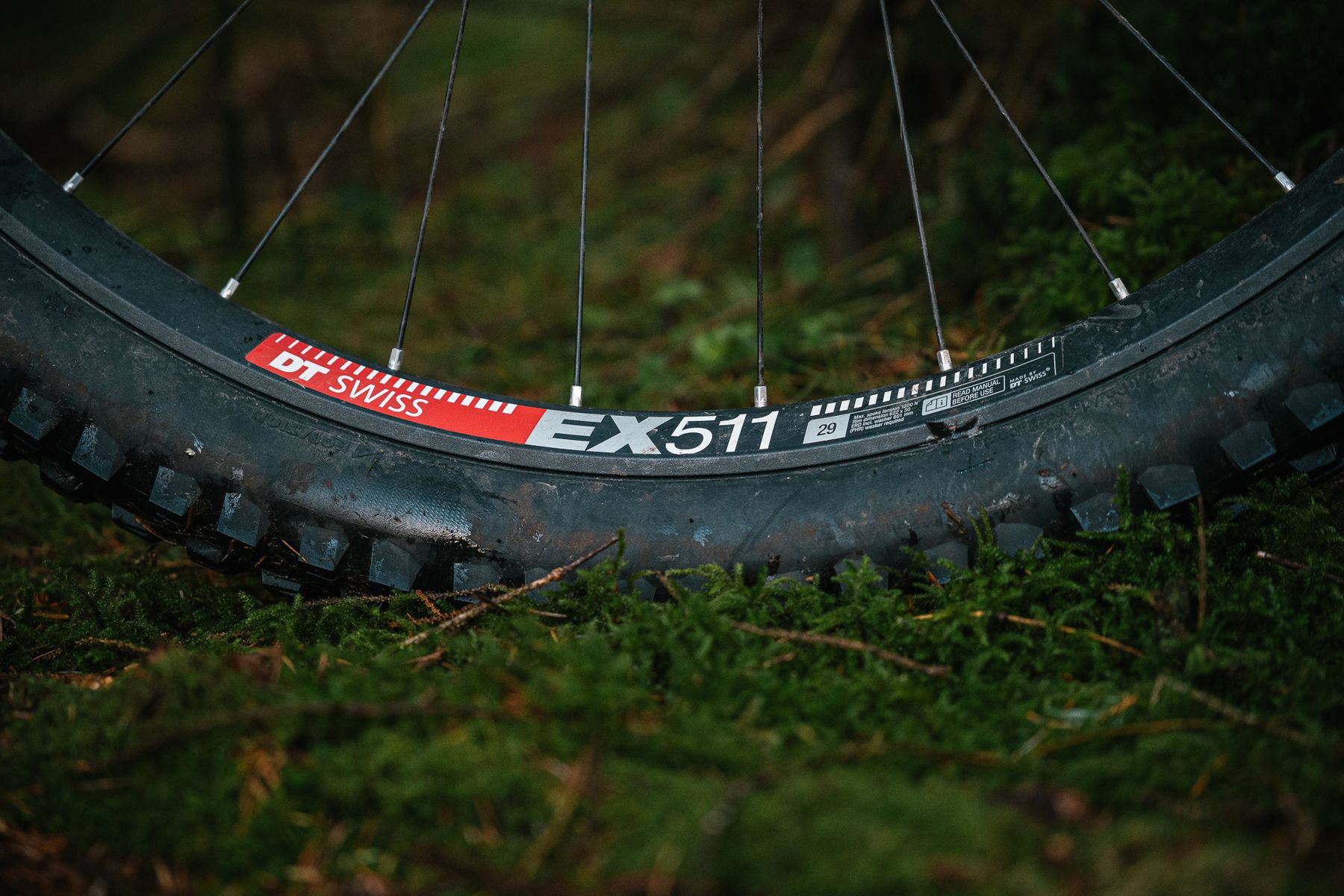
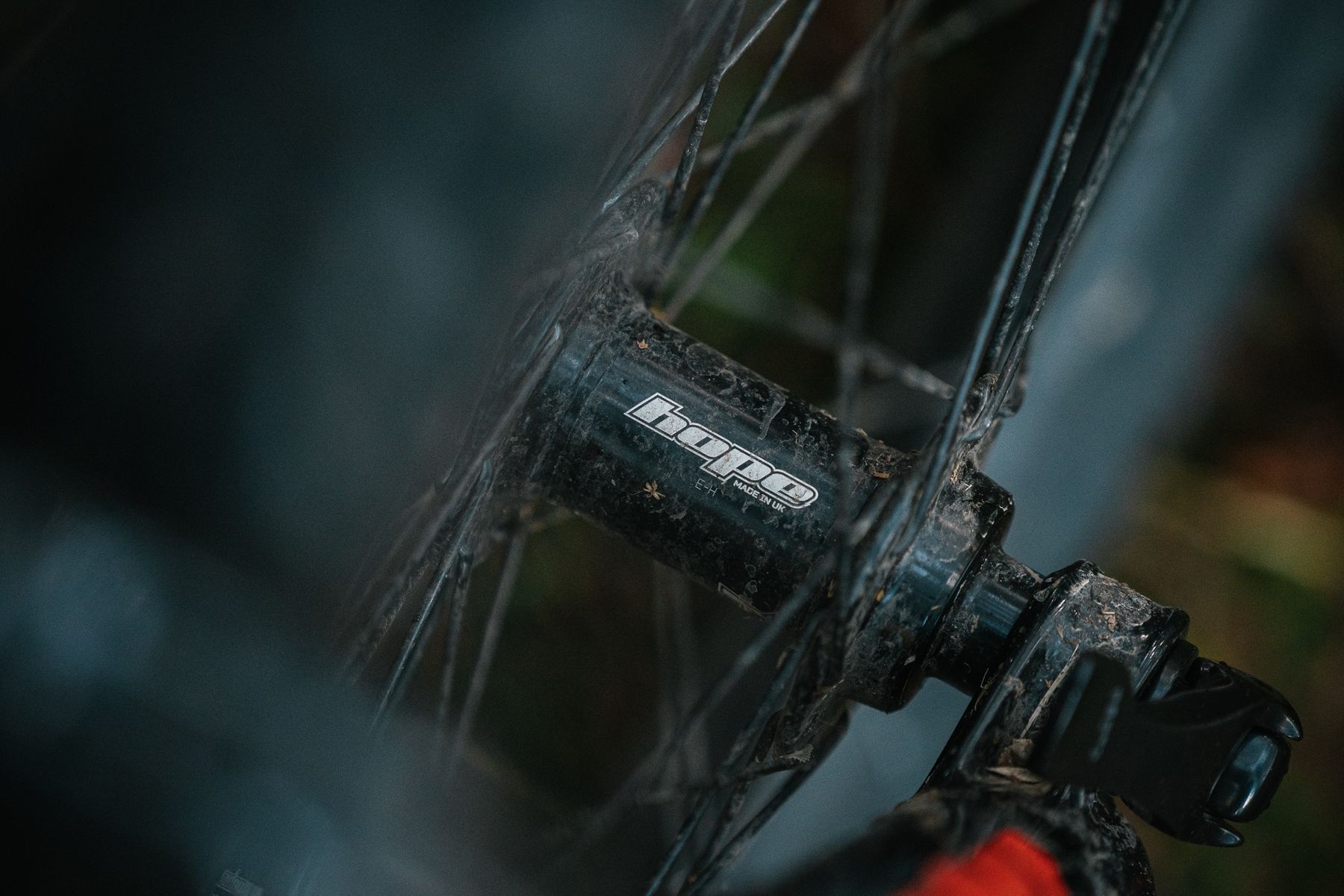
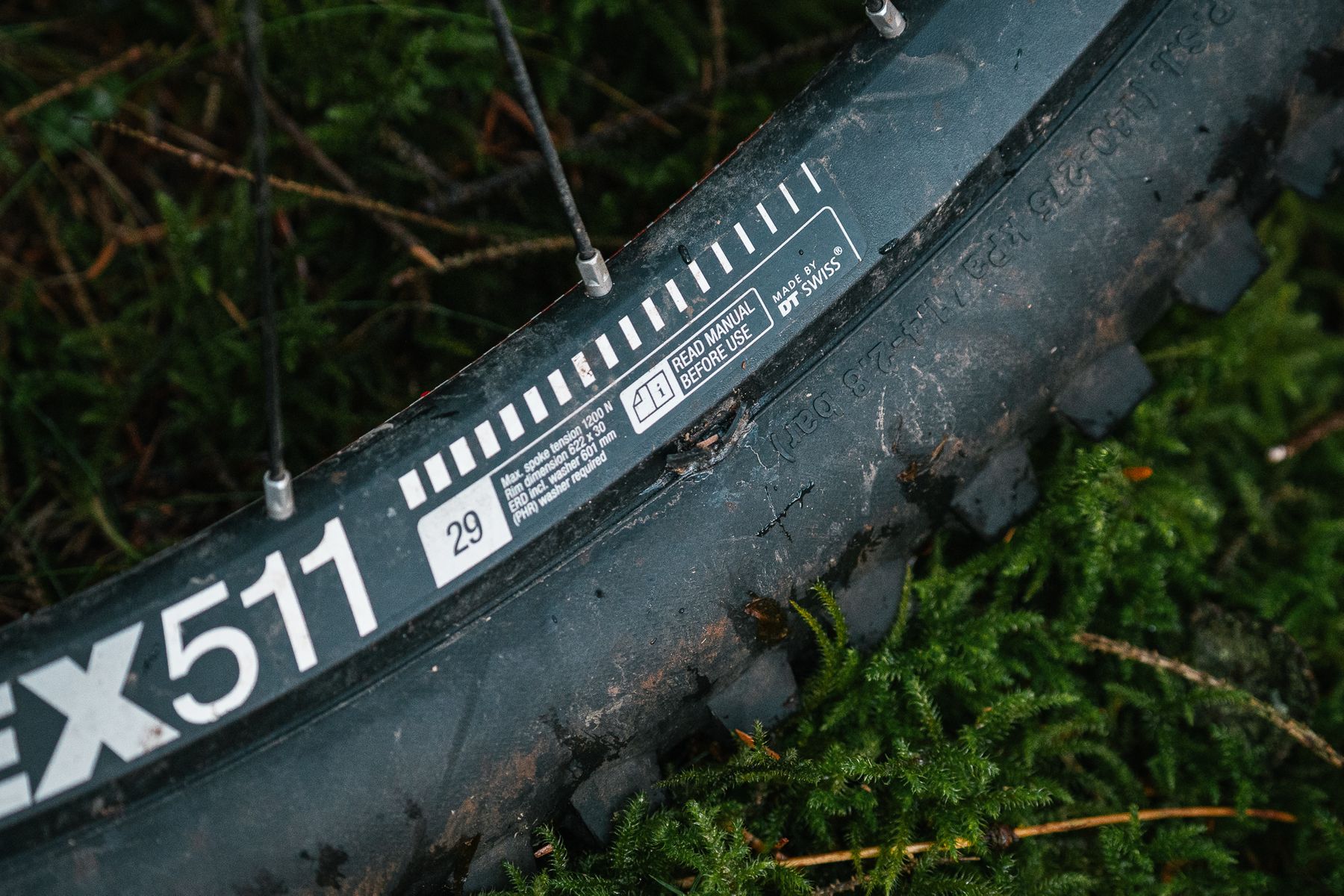

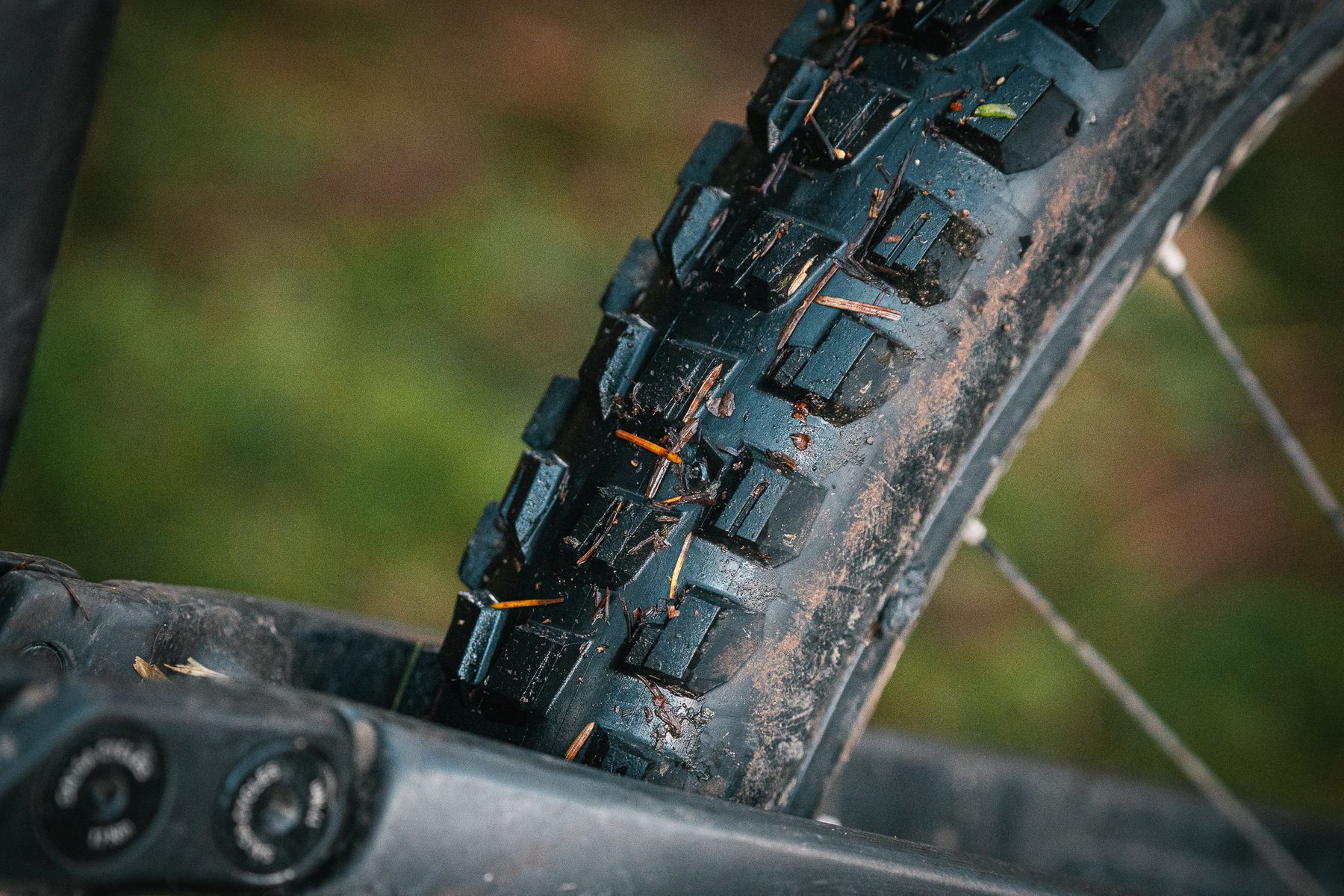
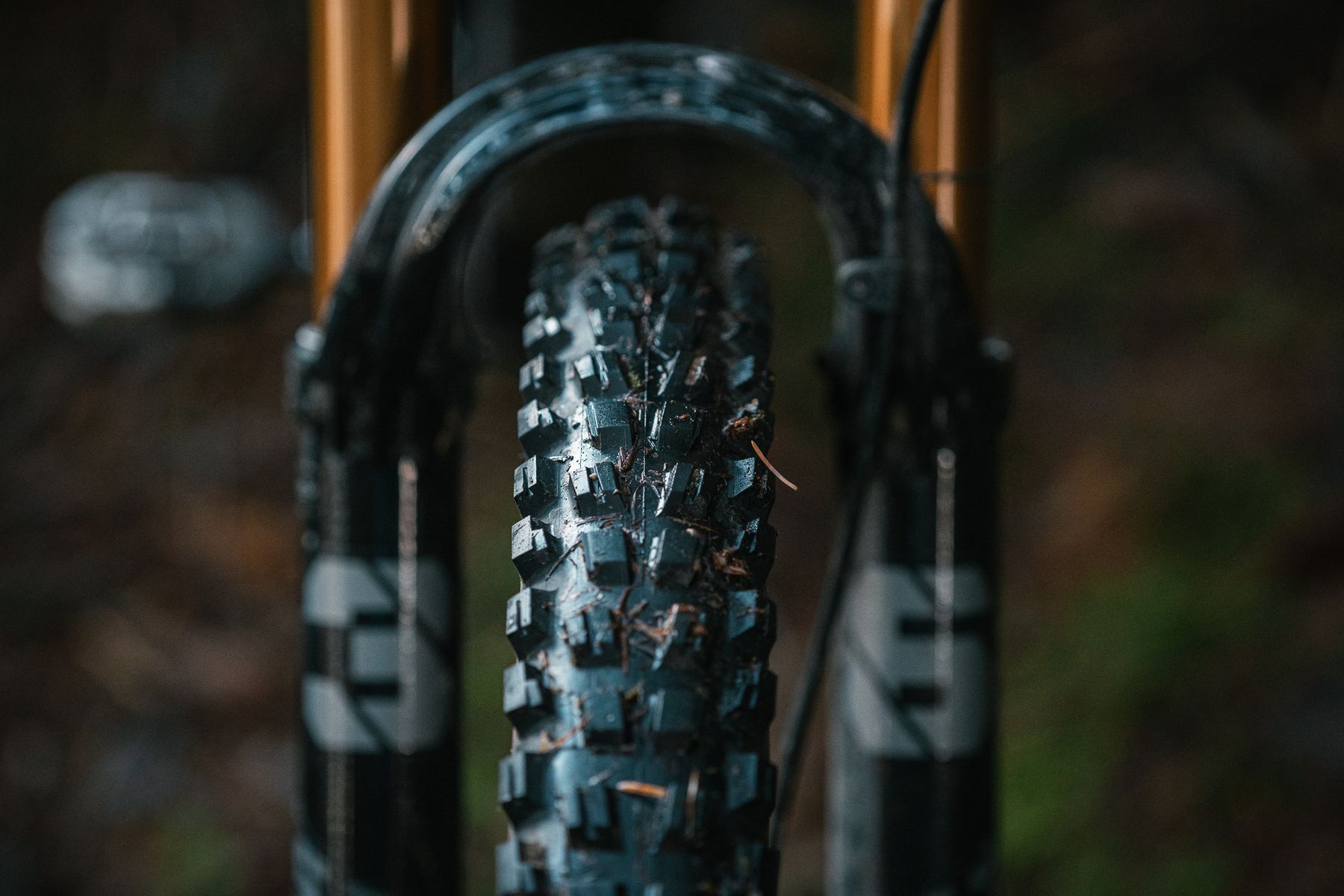

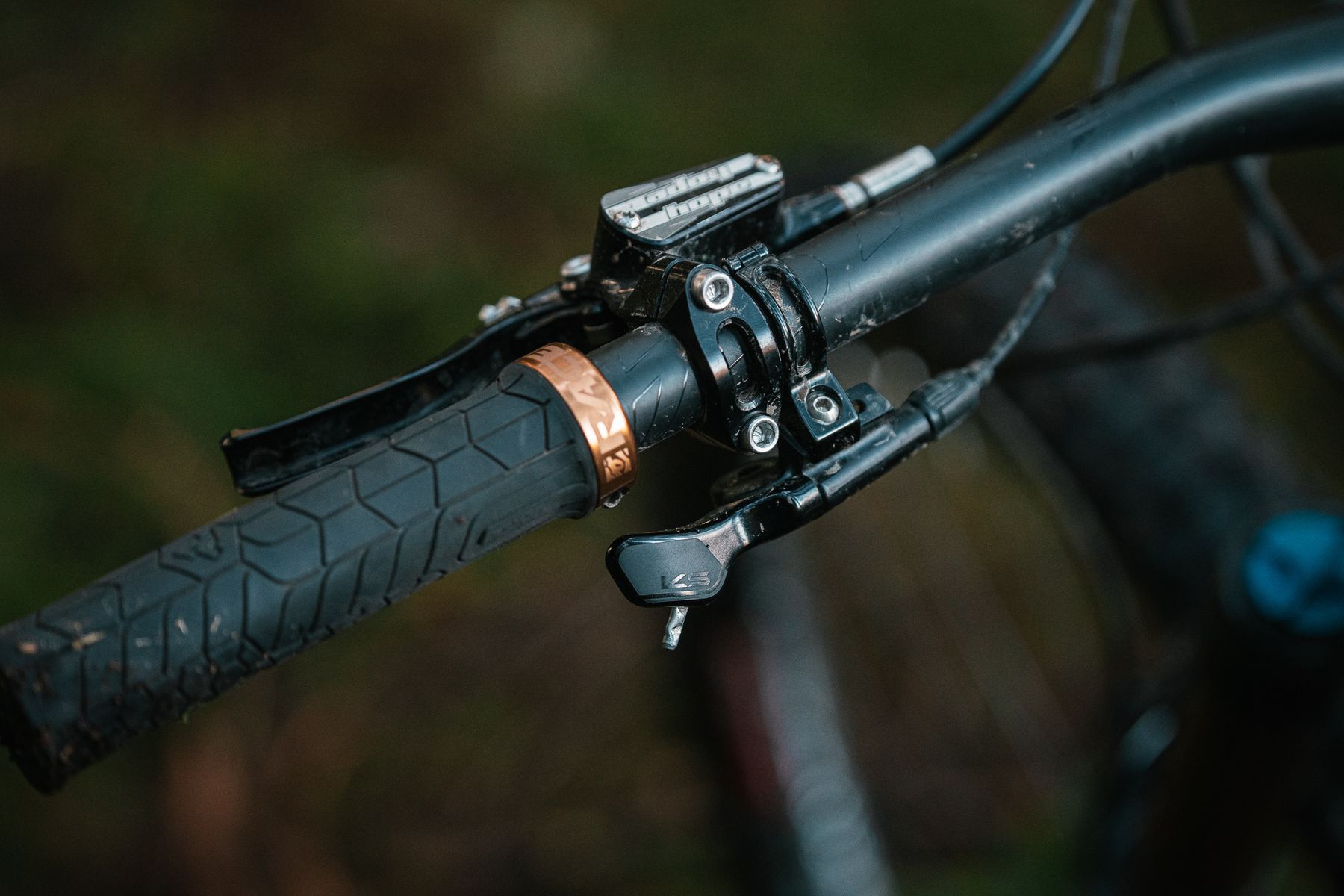
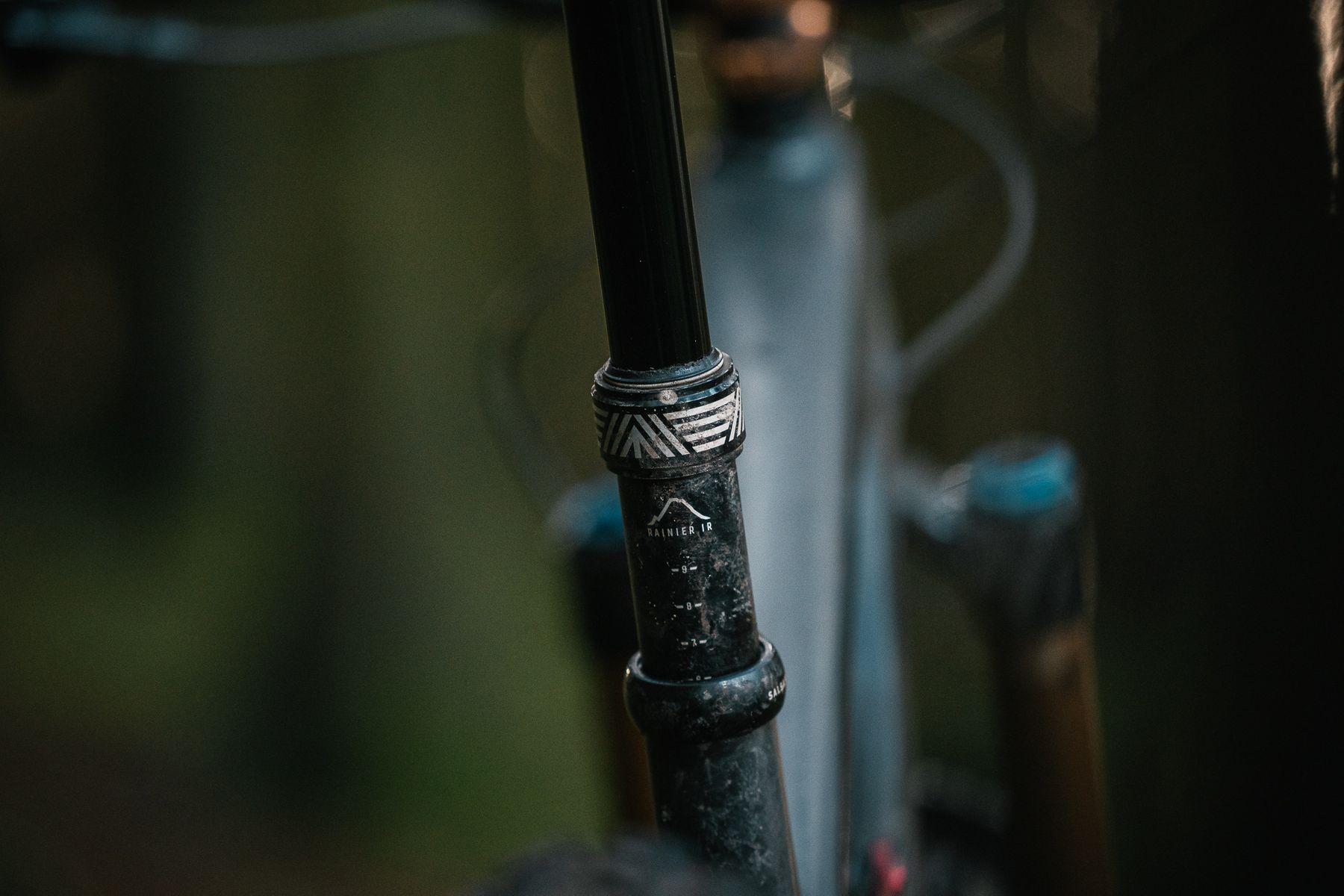
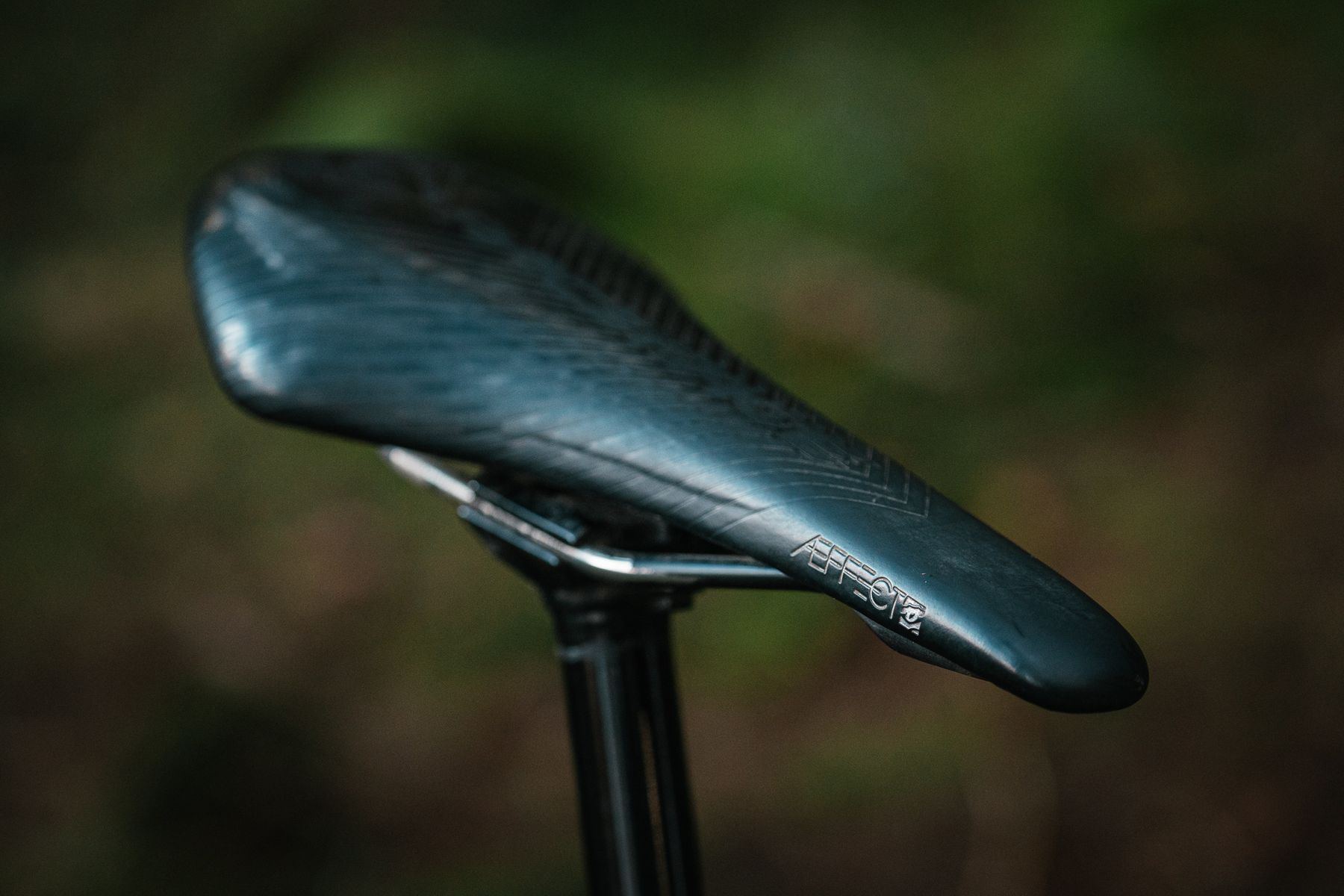
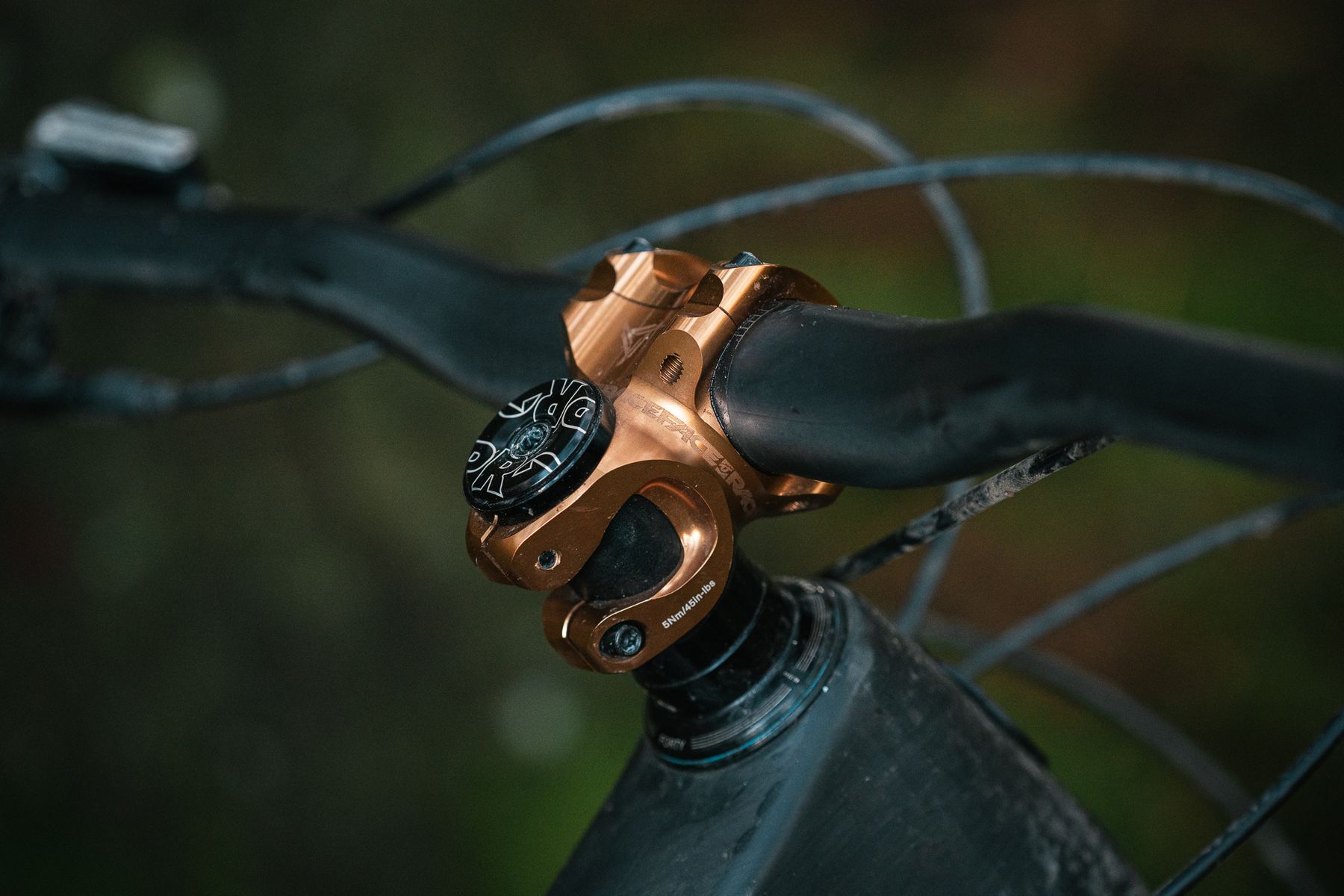
Great review, thanks
tres awesome indepth review. Really enjoying the bike content recently, well done all
How would tyre inserts help prevent sidewall cuts?
@stevelol – inserts wouldn’t necessarily help with sidewall cuts, and apologies if I made out that was the case. Having said that, and I appreciate this is a bit tenuous, but had I been running inserts I would probably have taken a more aggressive line over the top of the rocks rather than cautiously dropping into a narrow channel where the cut happened
I love the top tube mounts. As you mentioned, if you don’t use them, you don’t notice them. But it is such a useful place for a small bag, easy to reach for a phone or multi tool.
Plus, having a toptube bag adds some impact cushioning in case you crotch the stem!